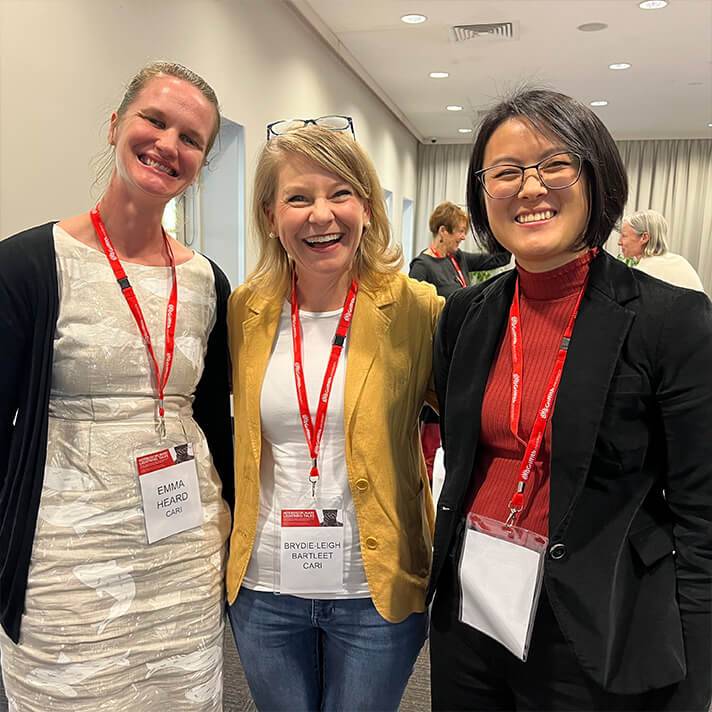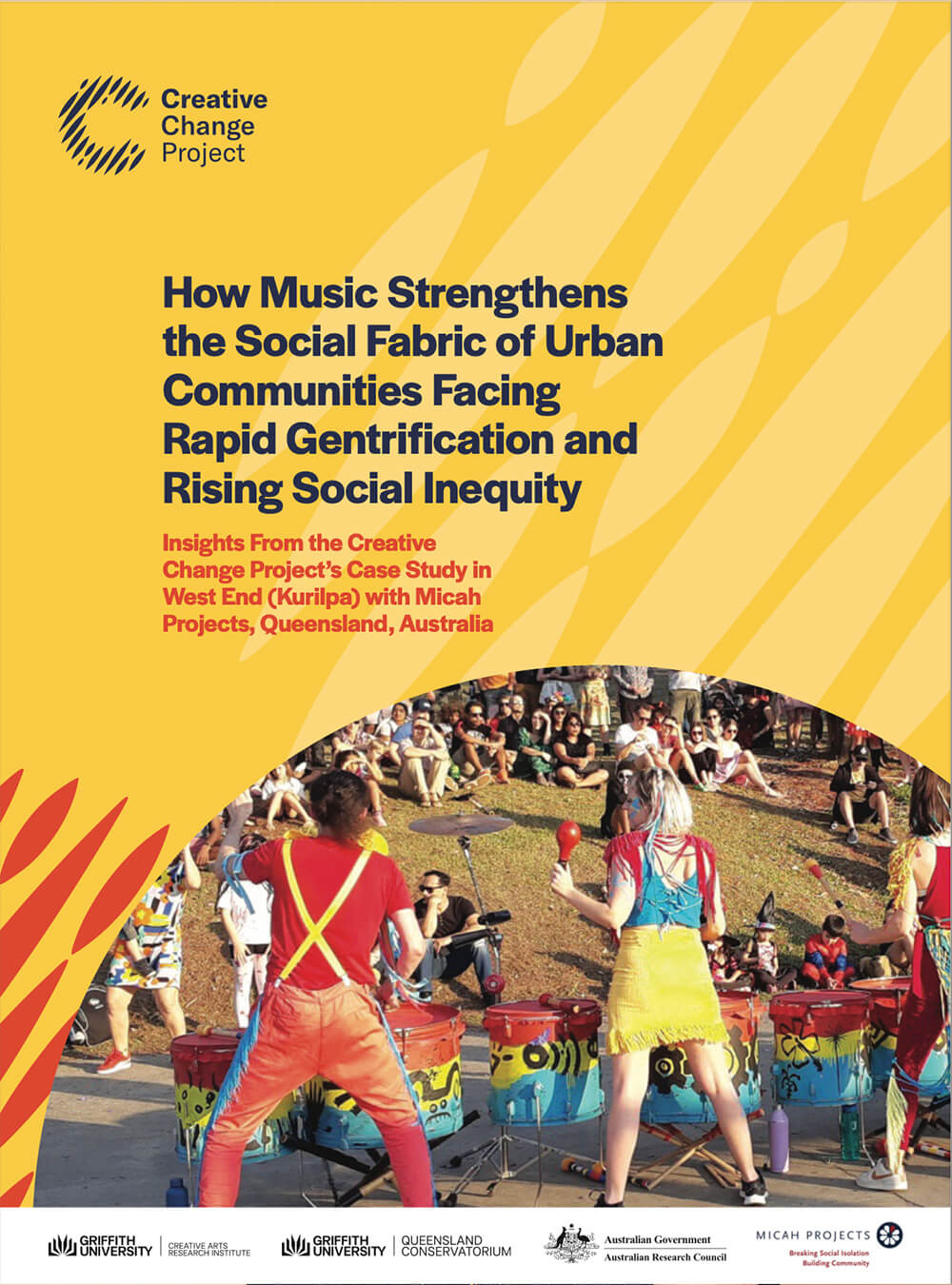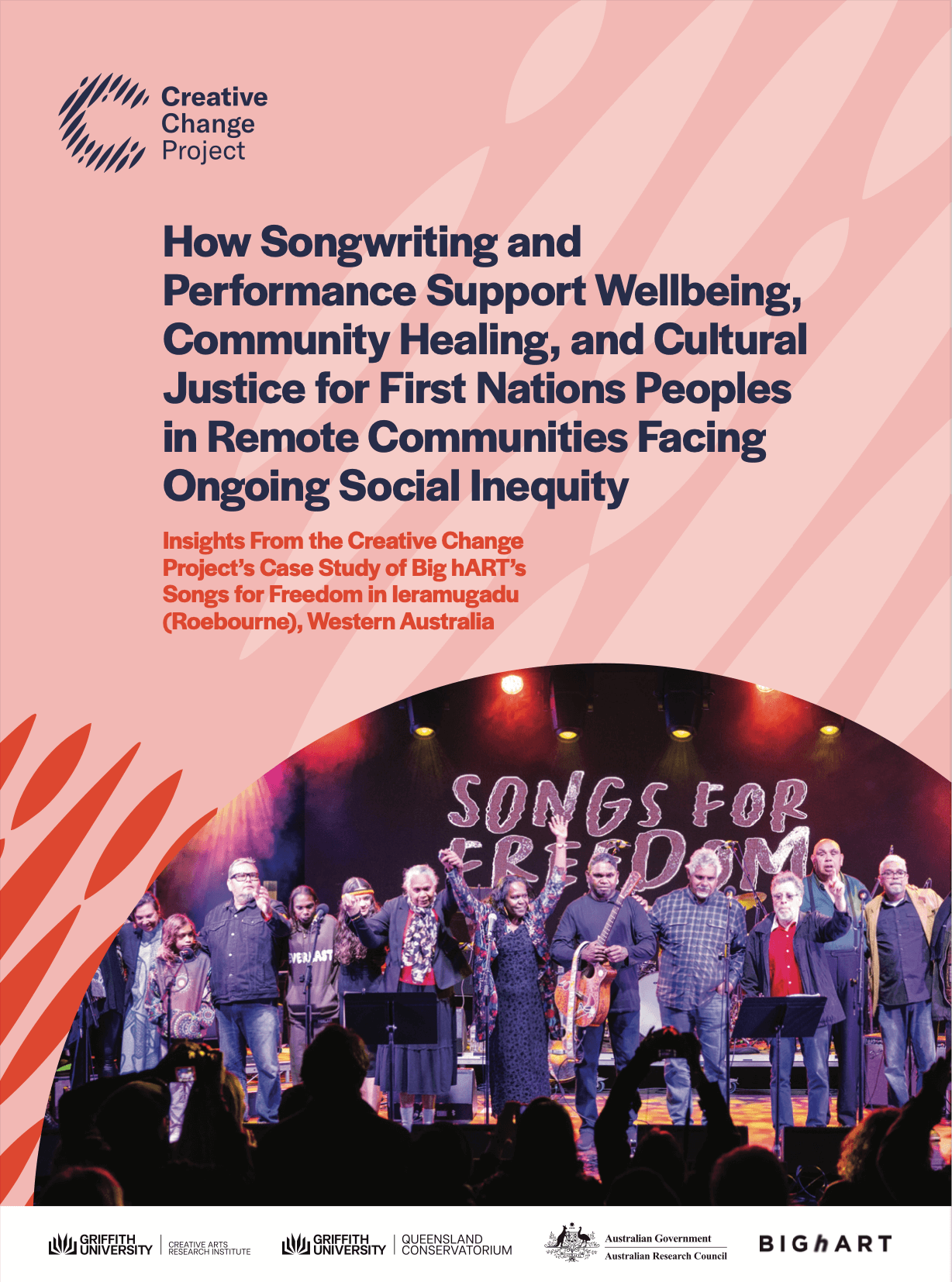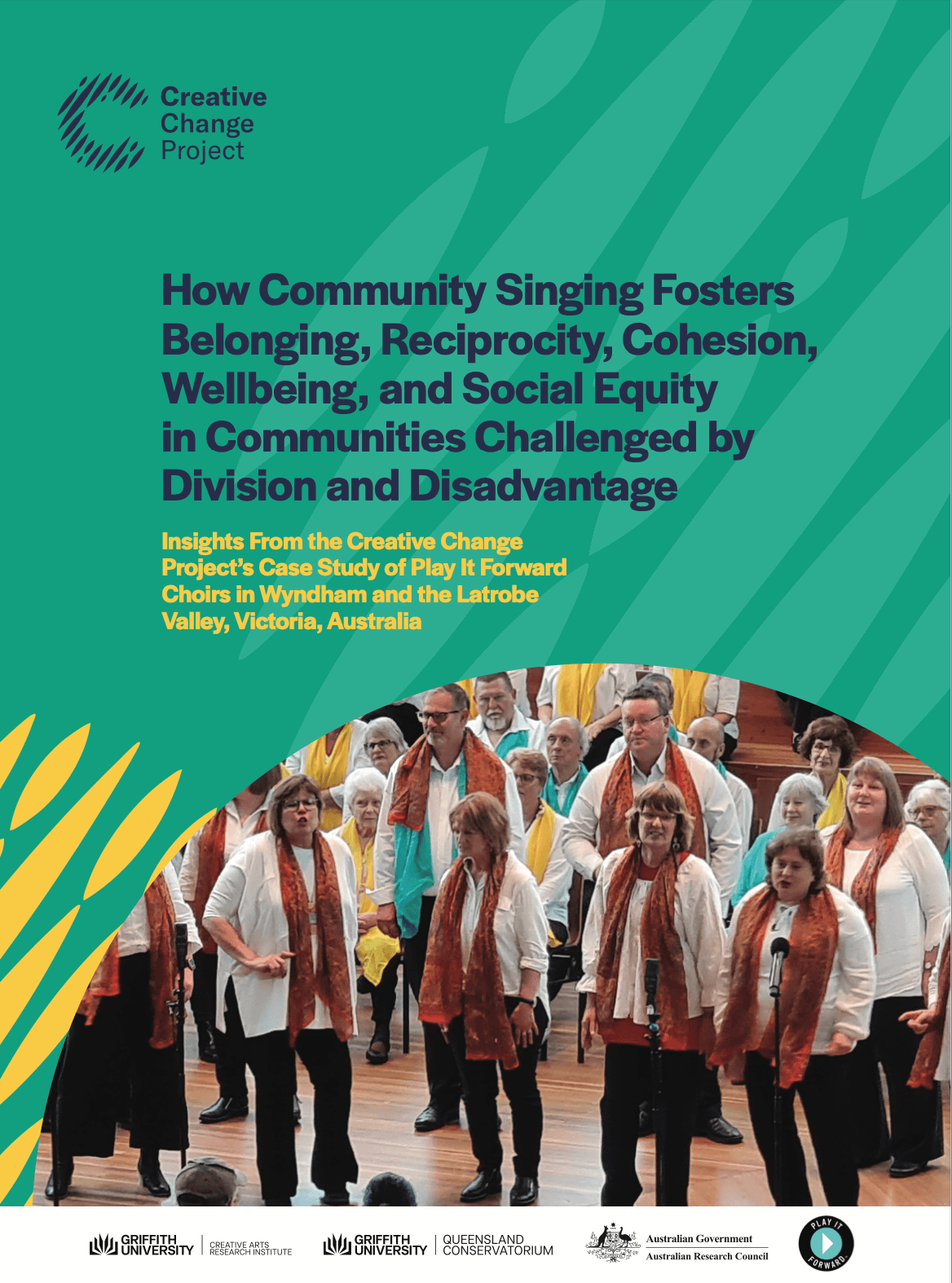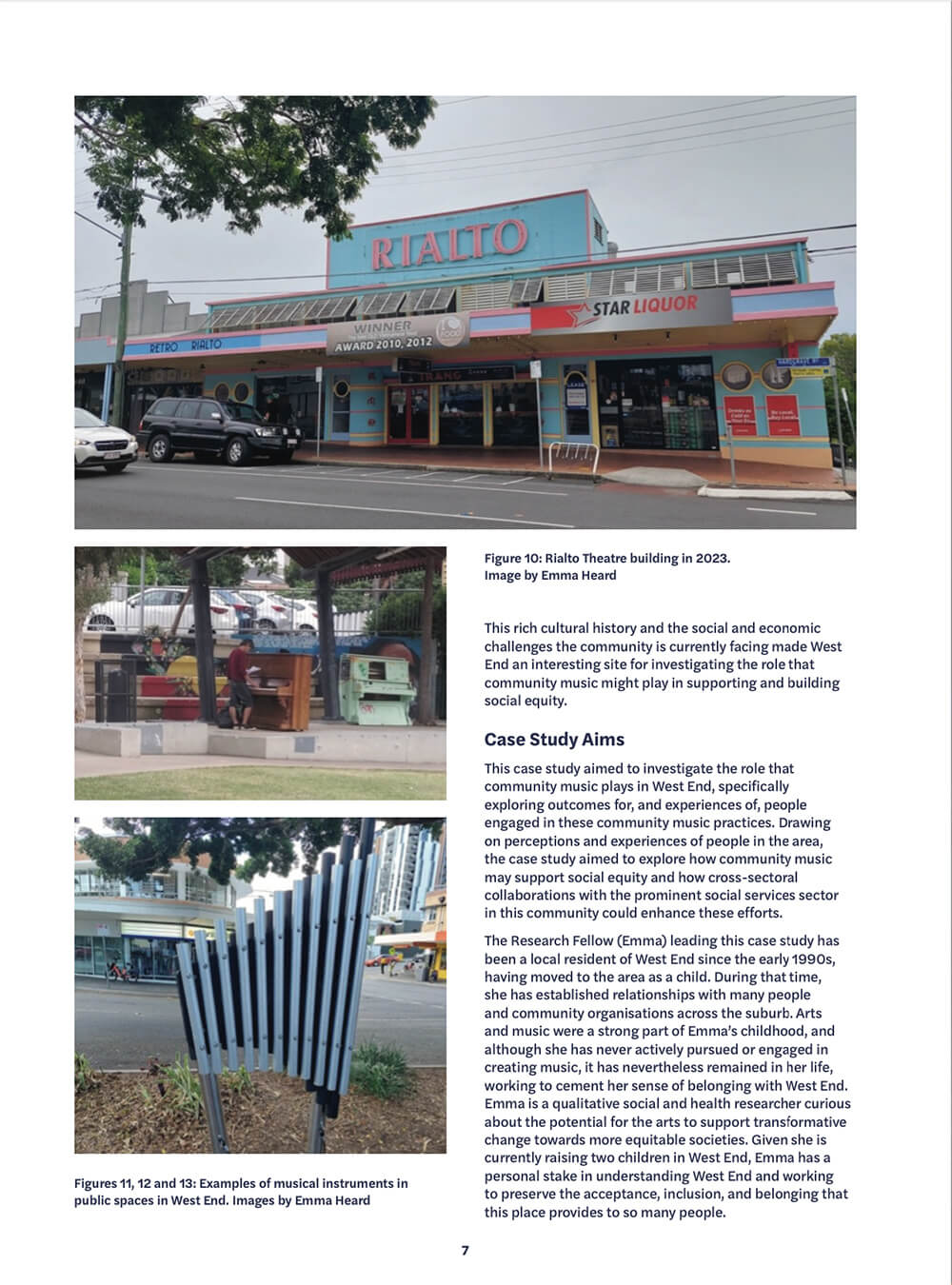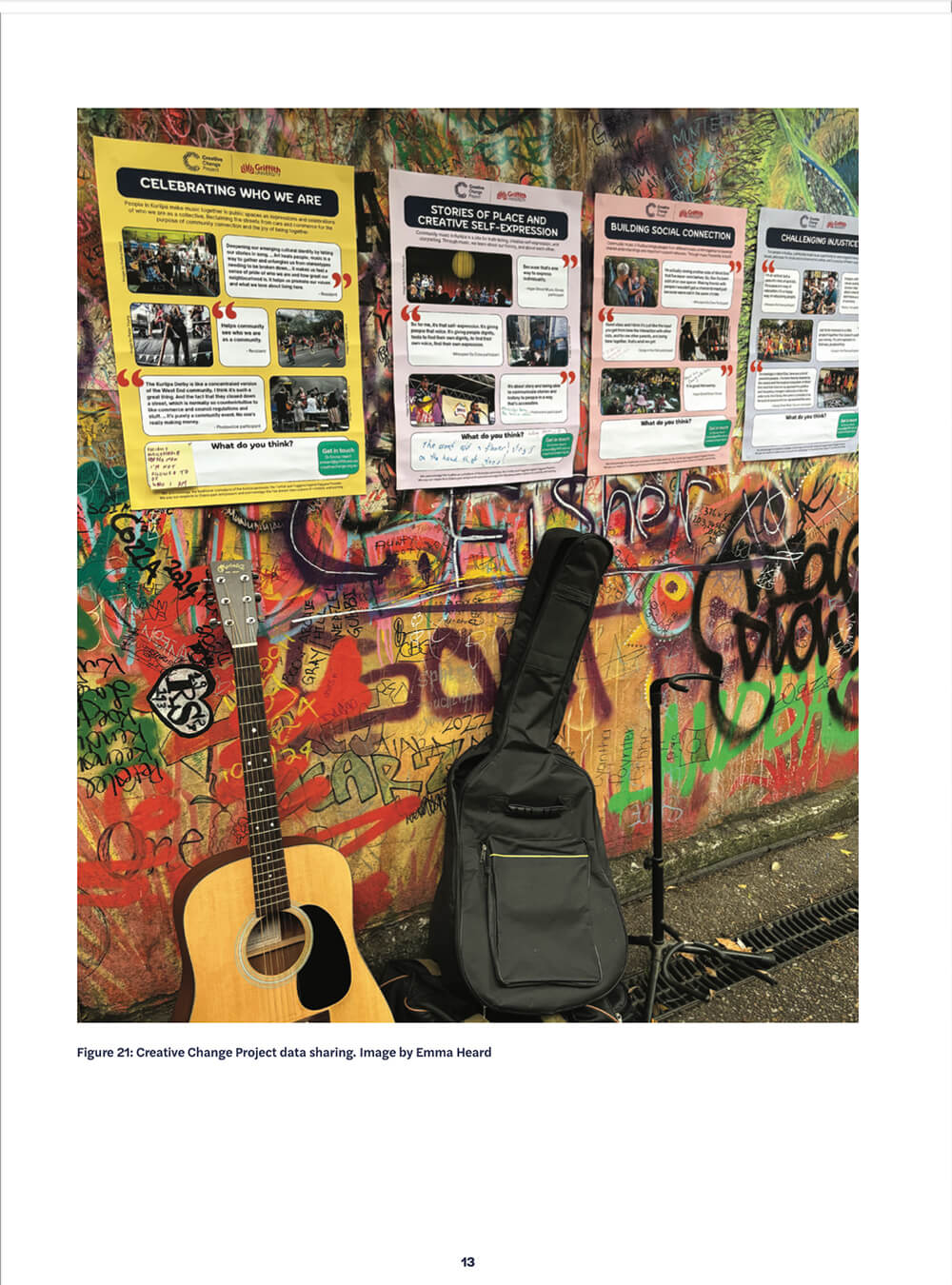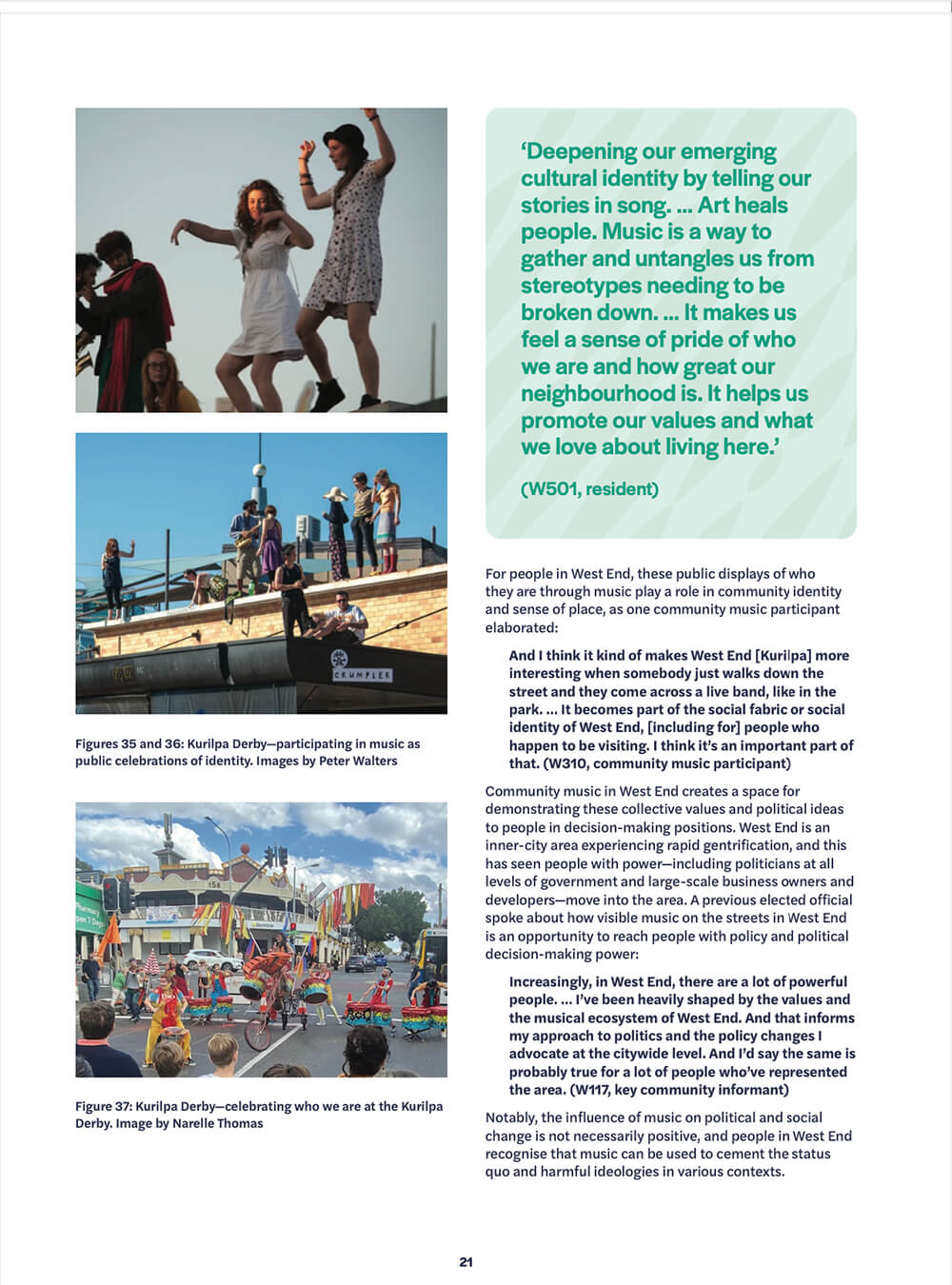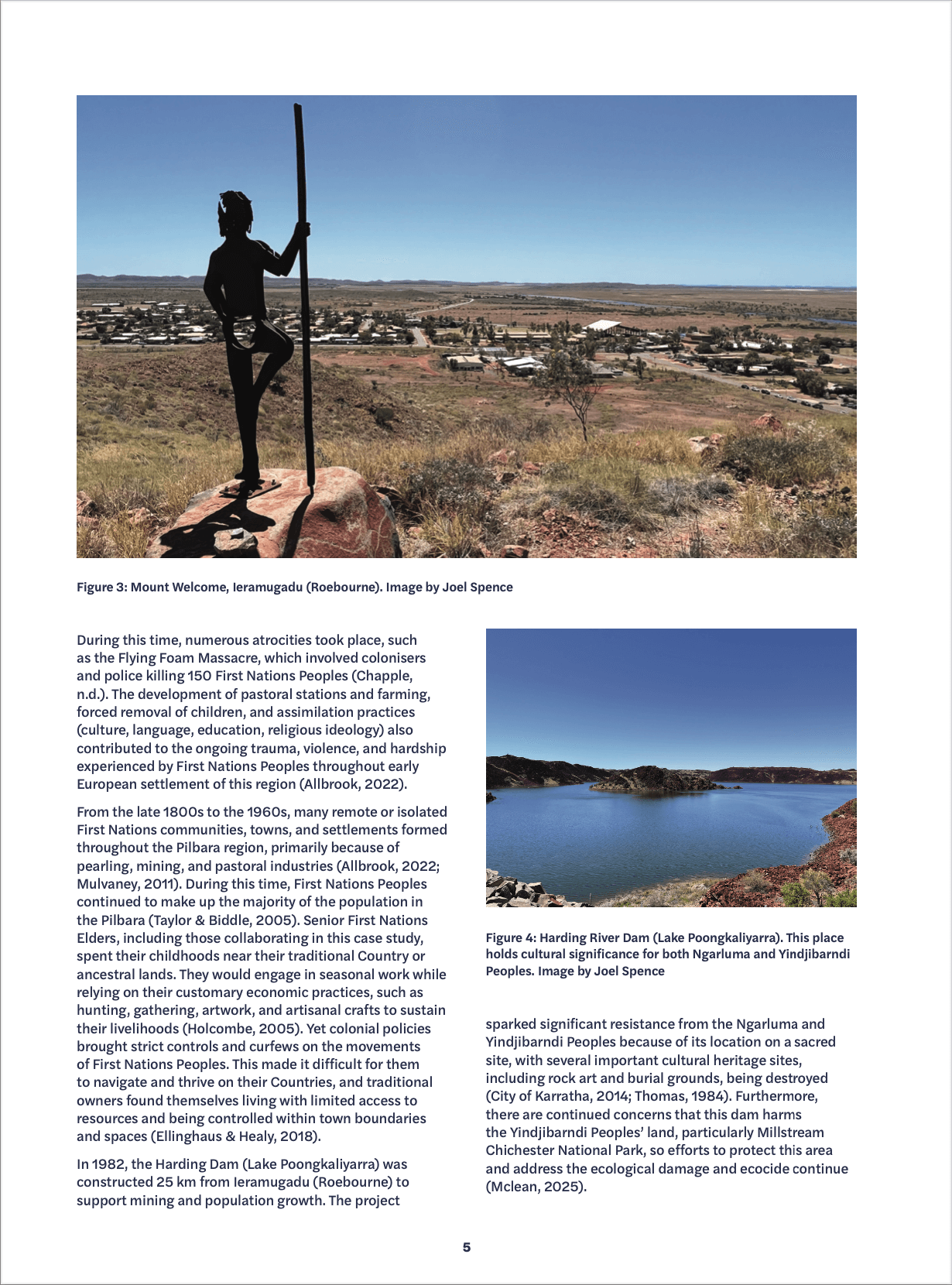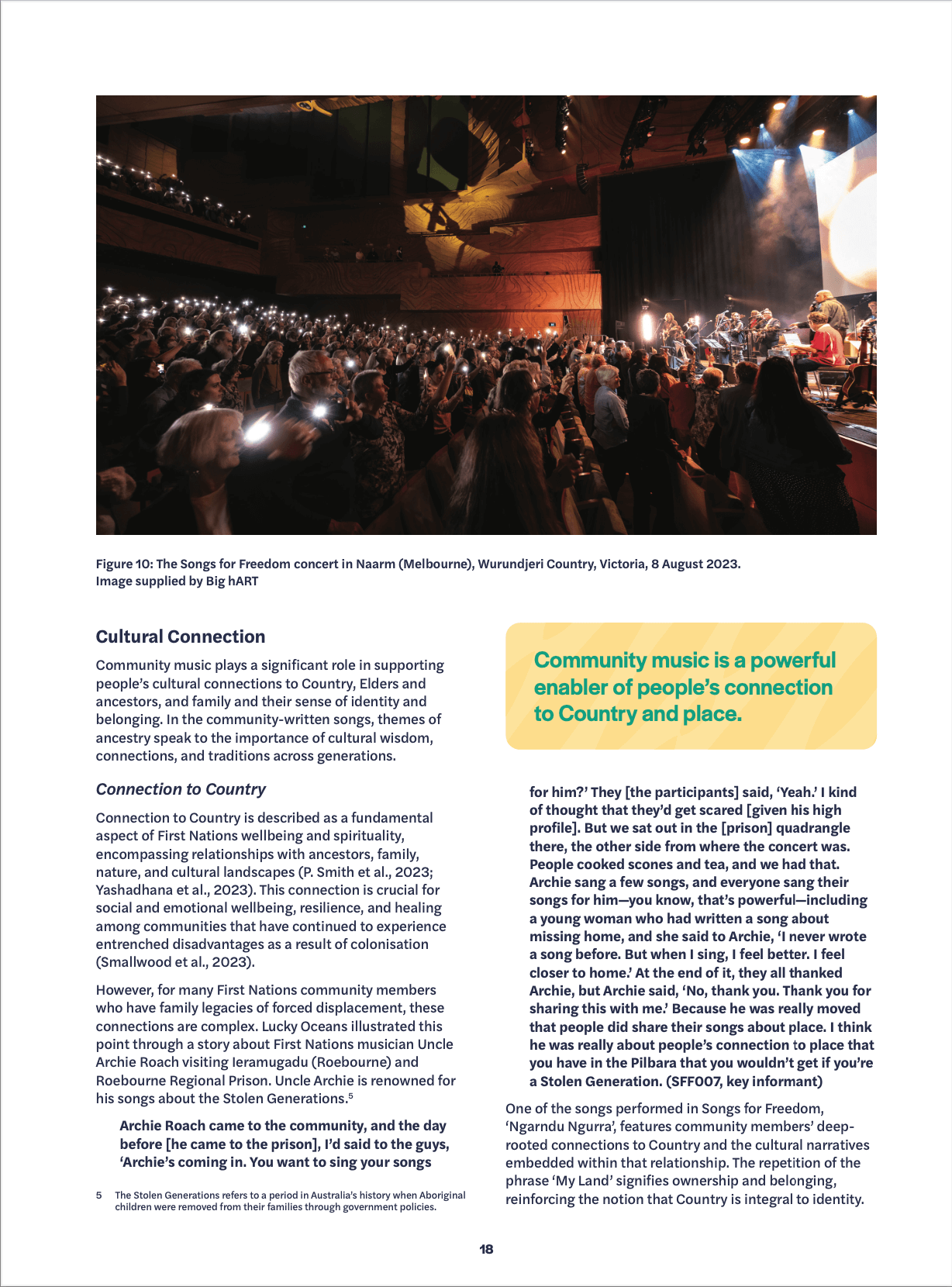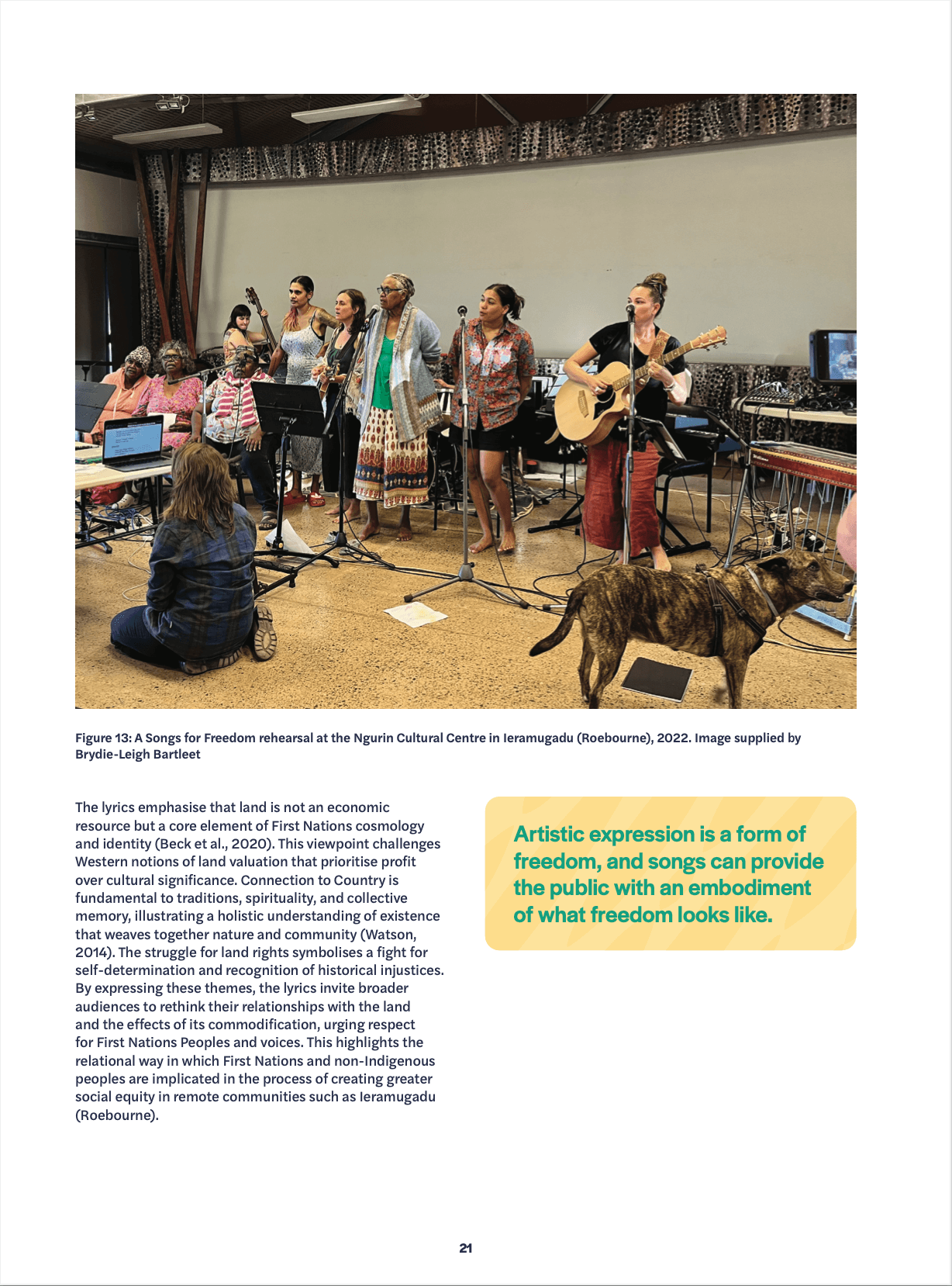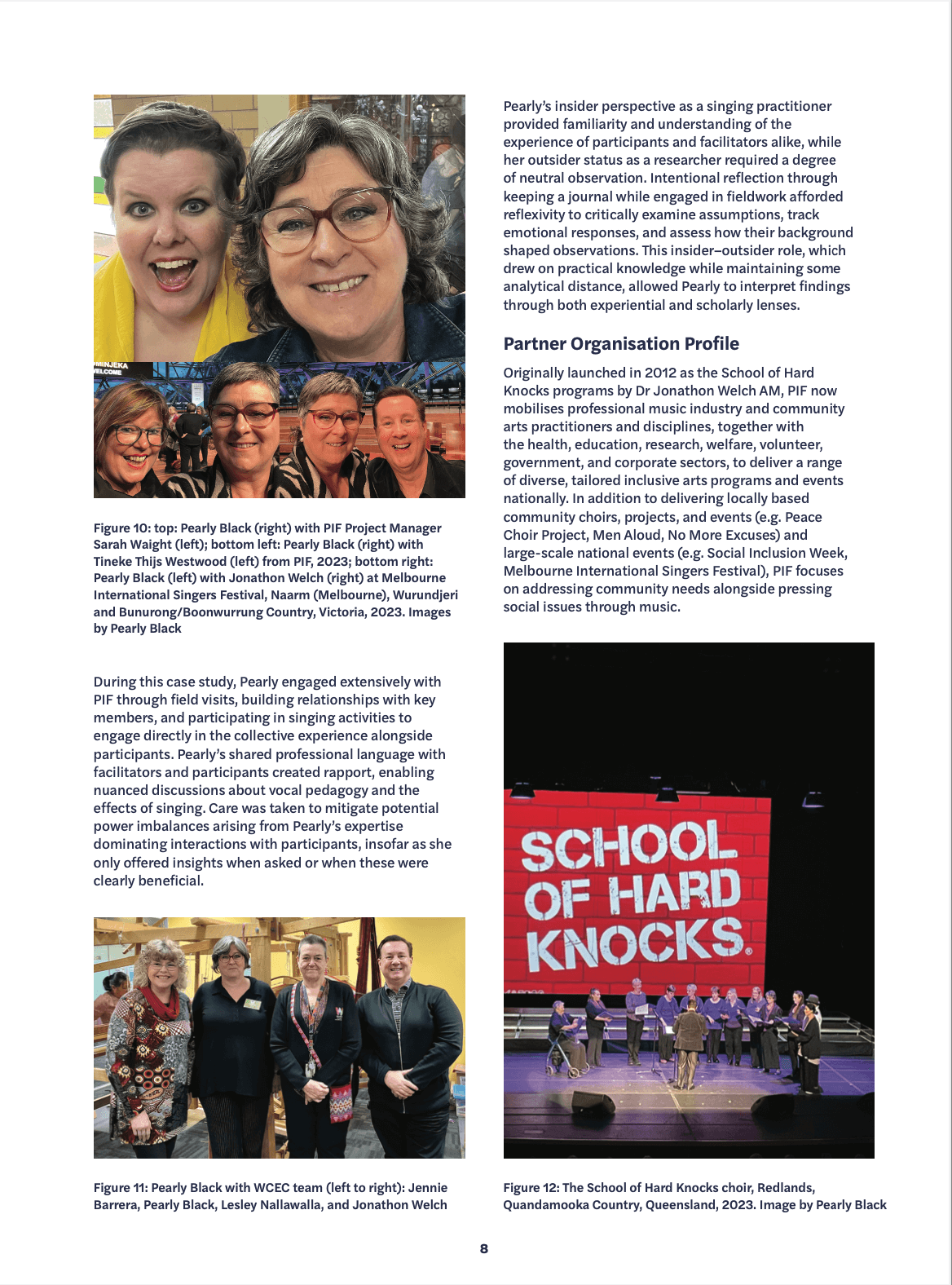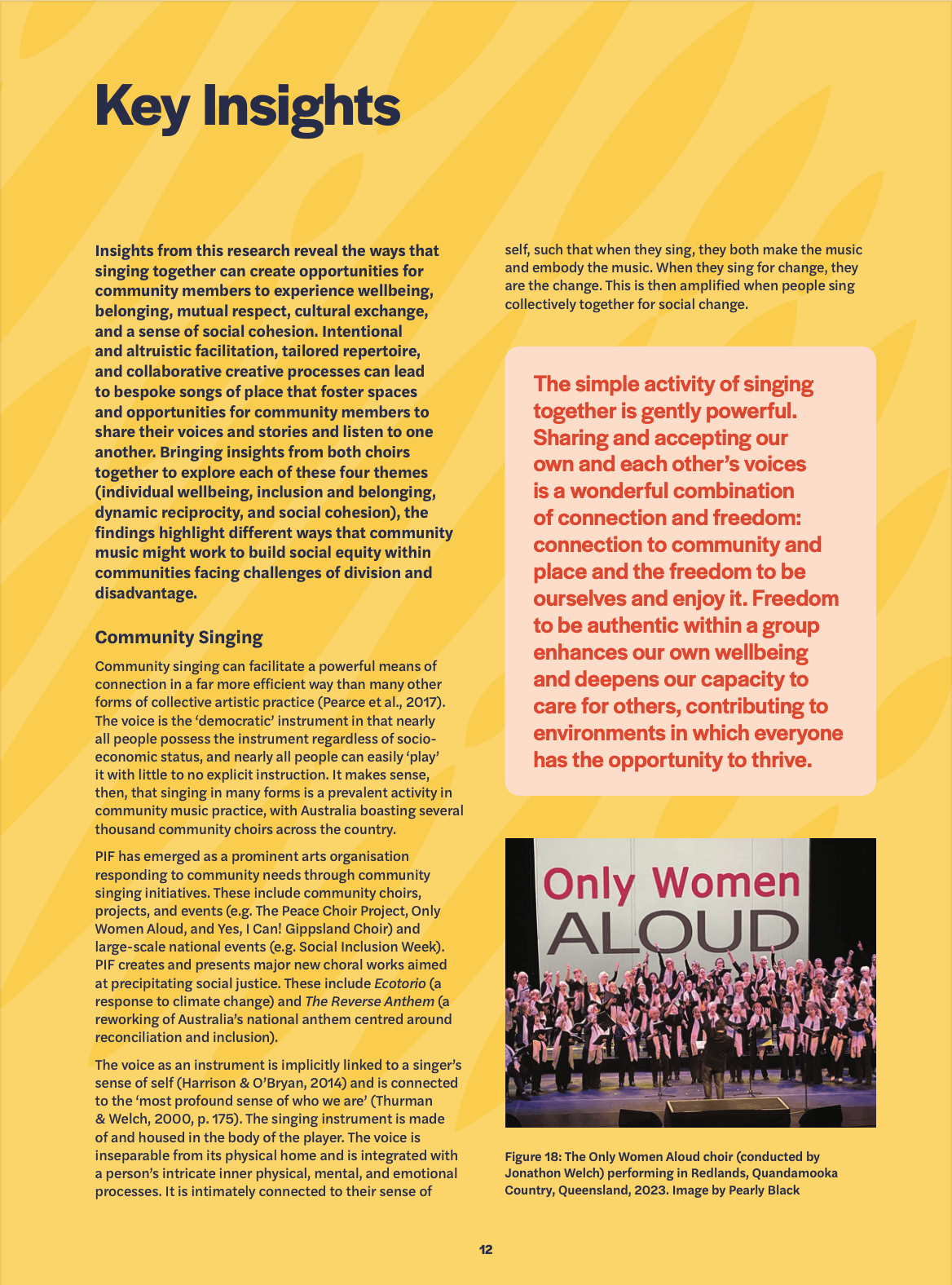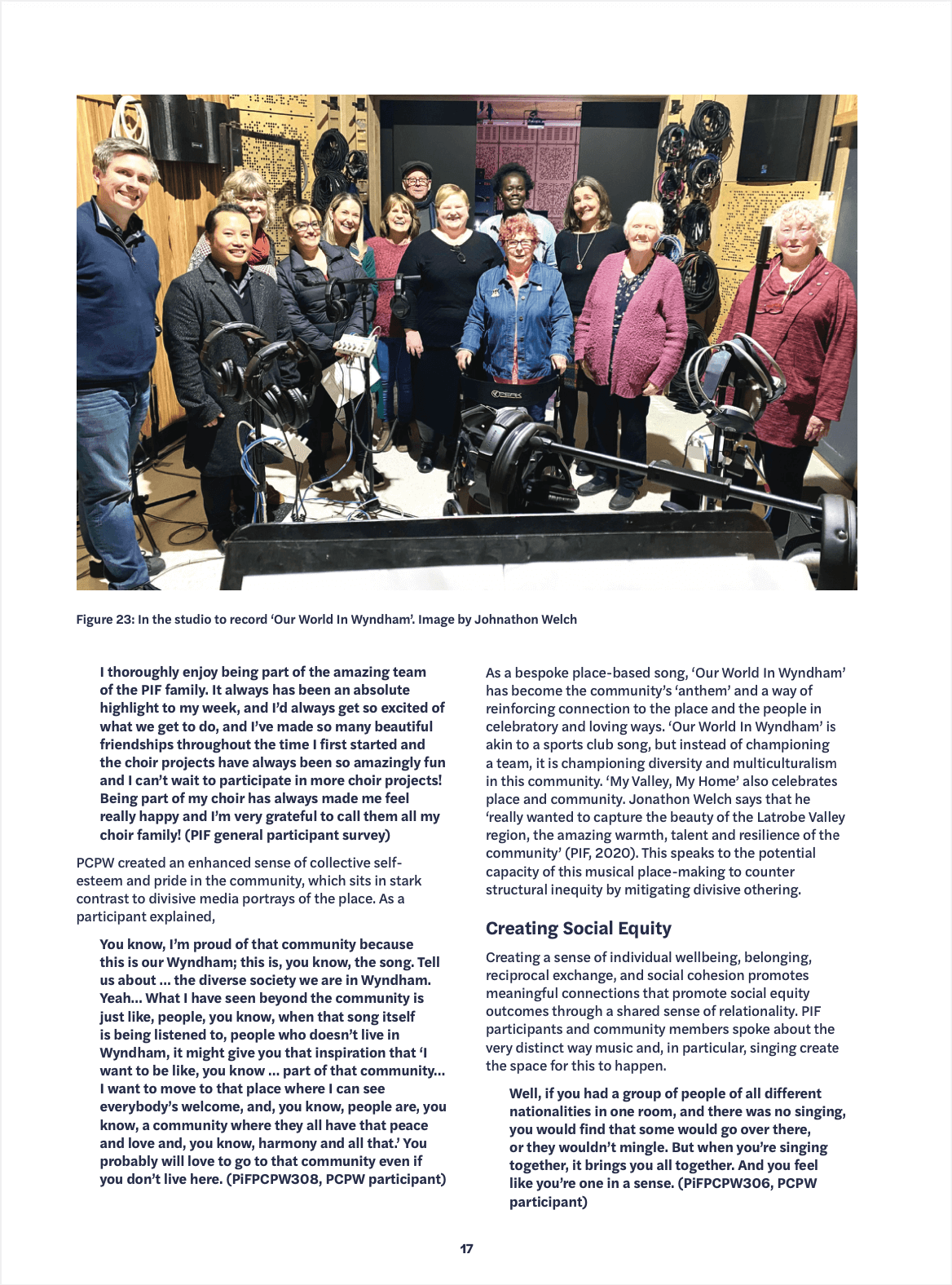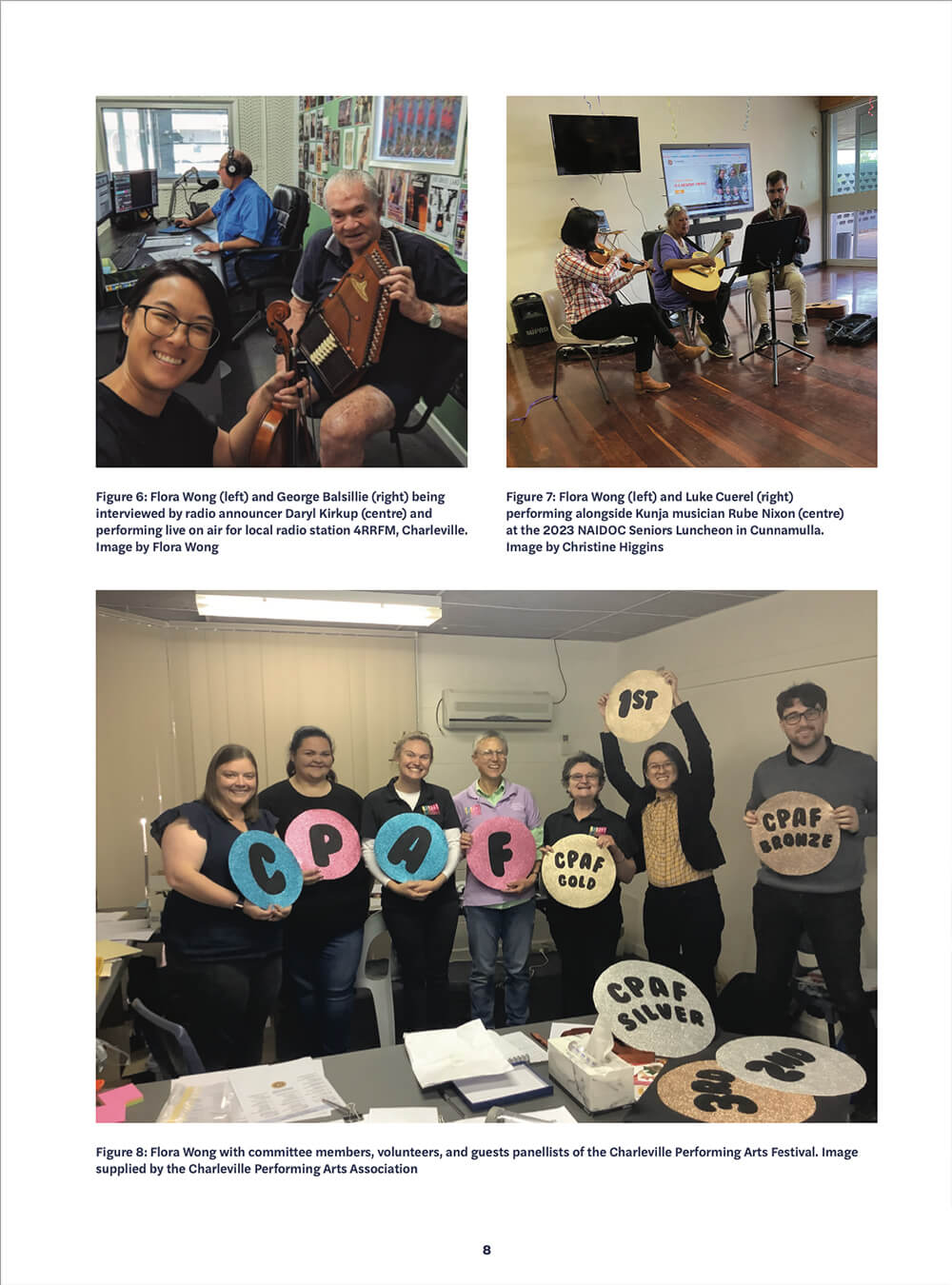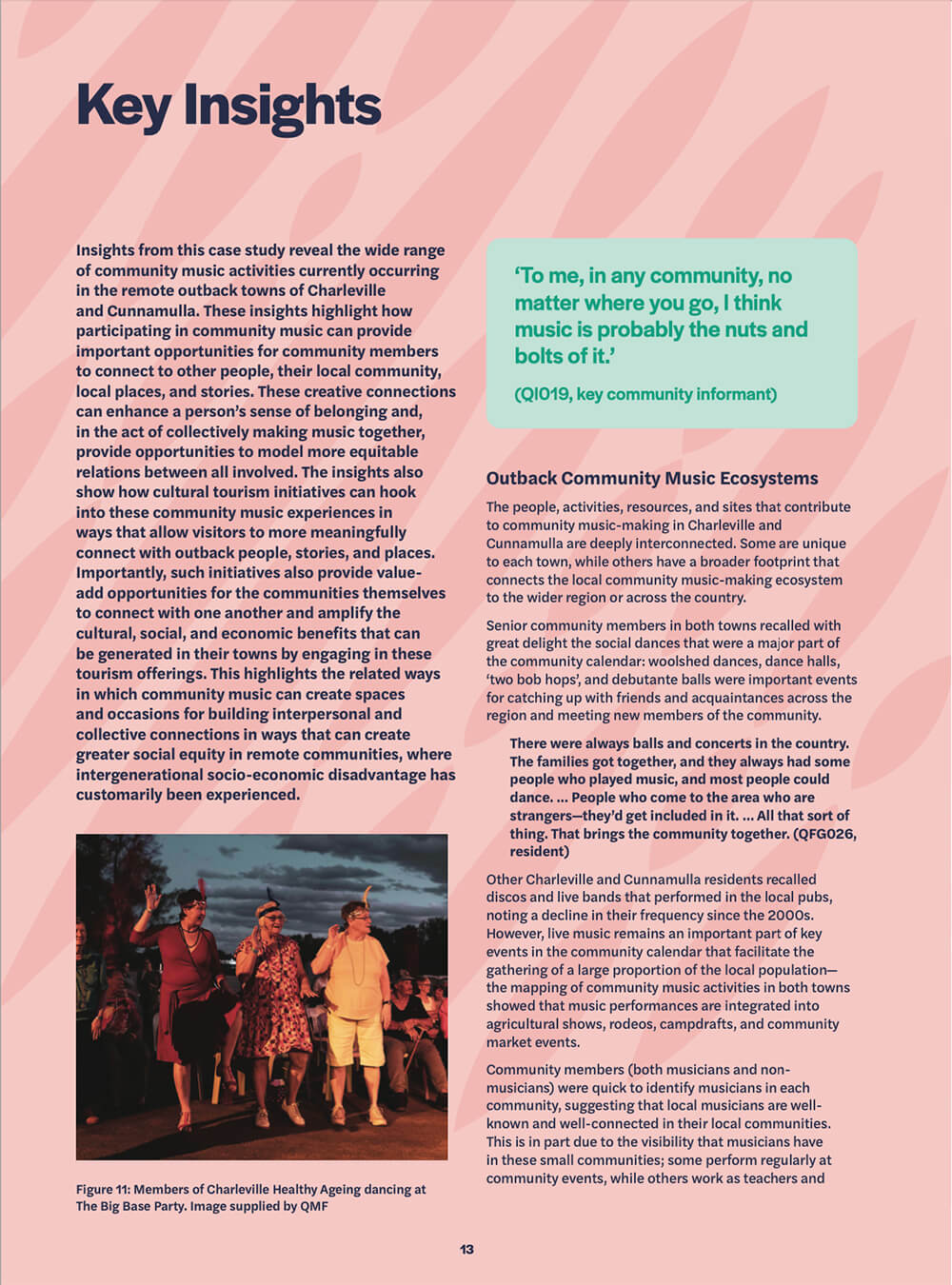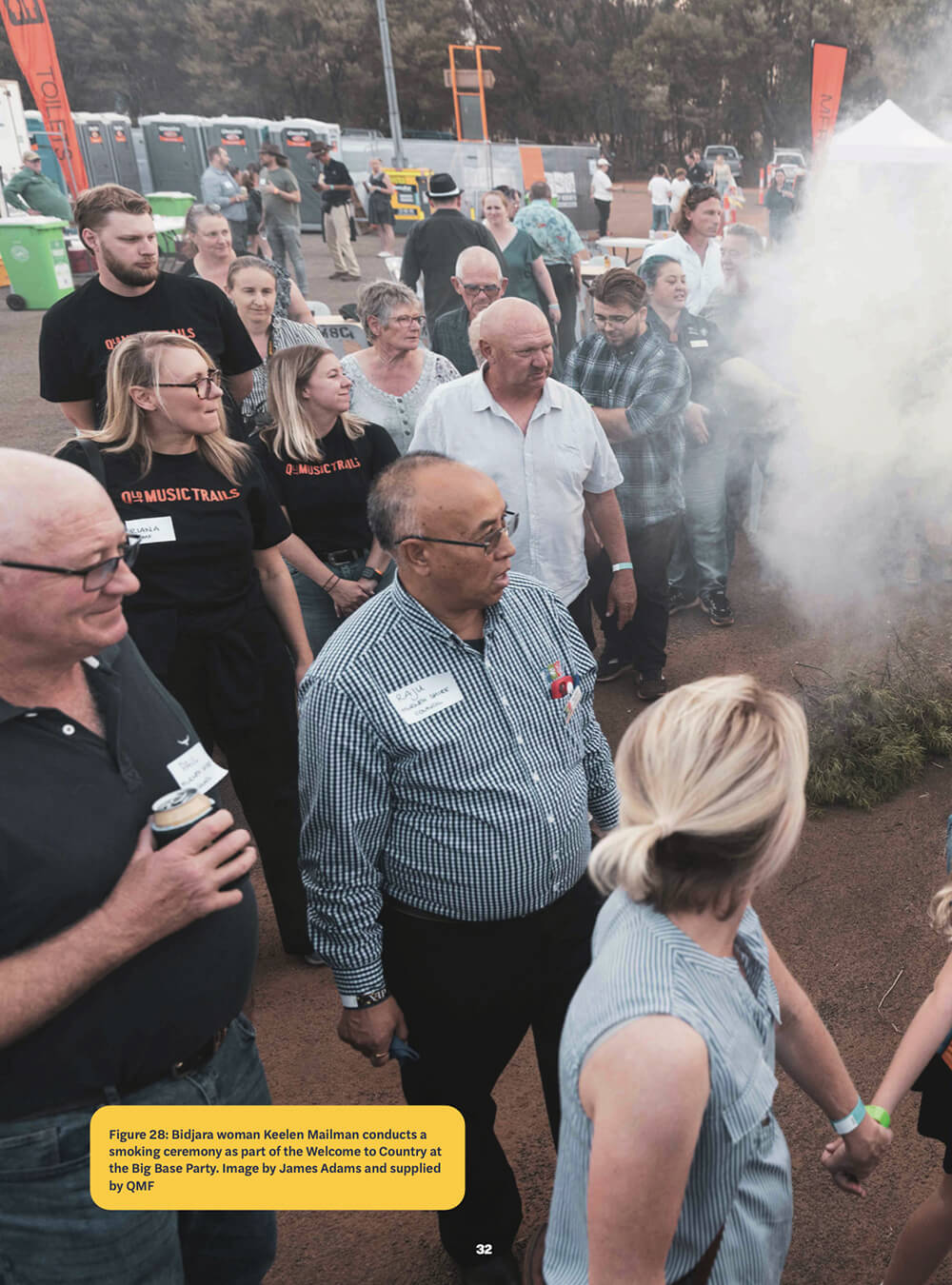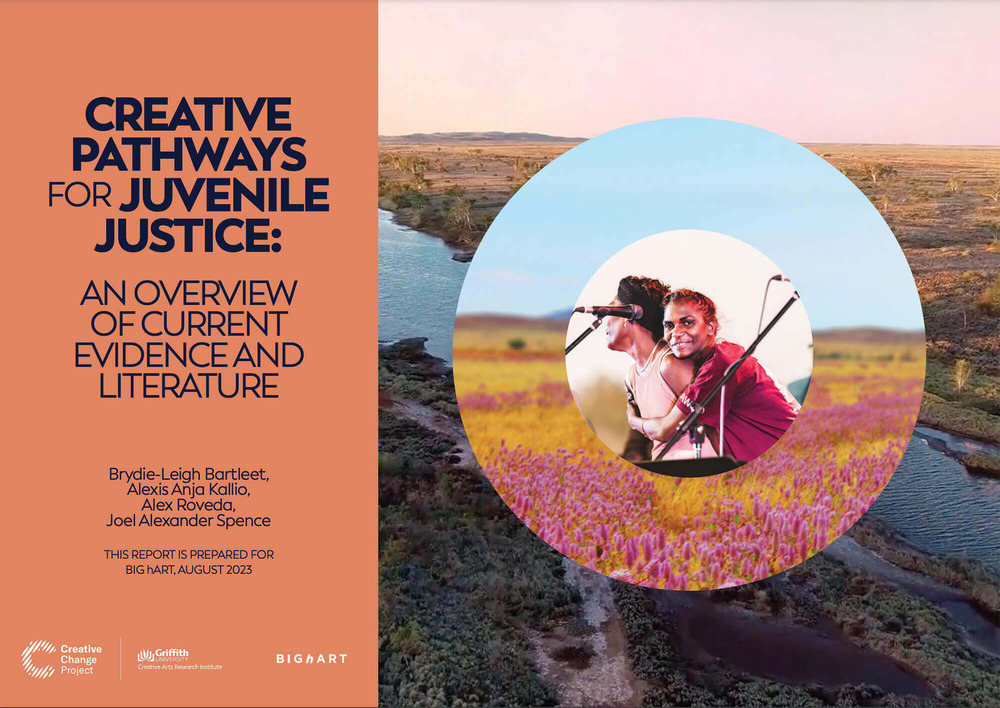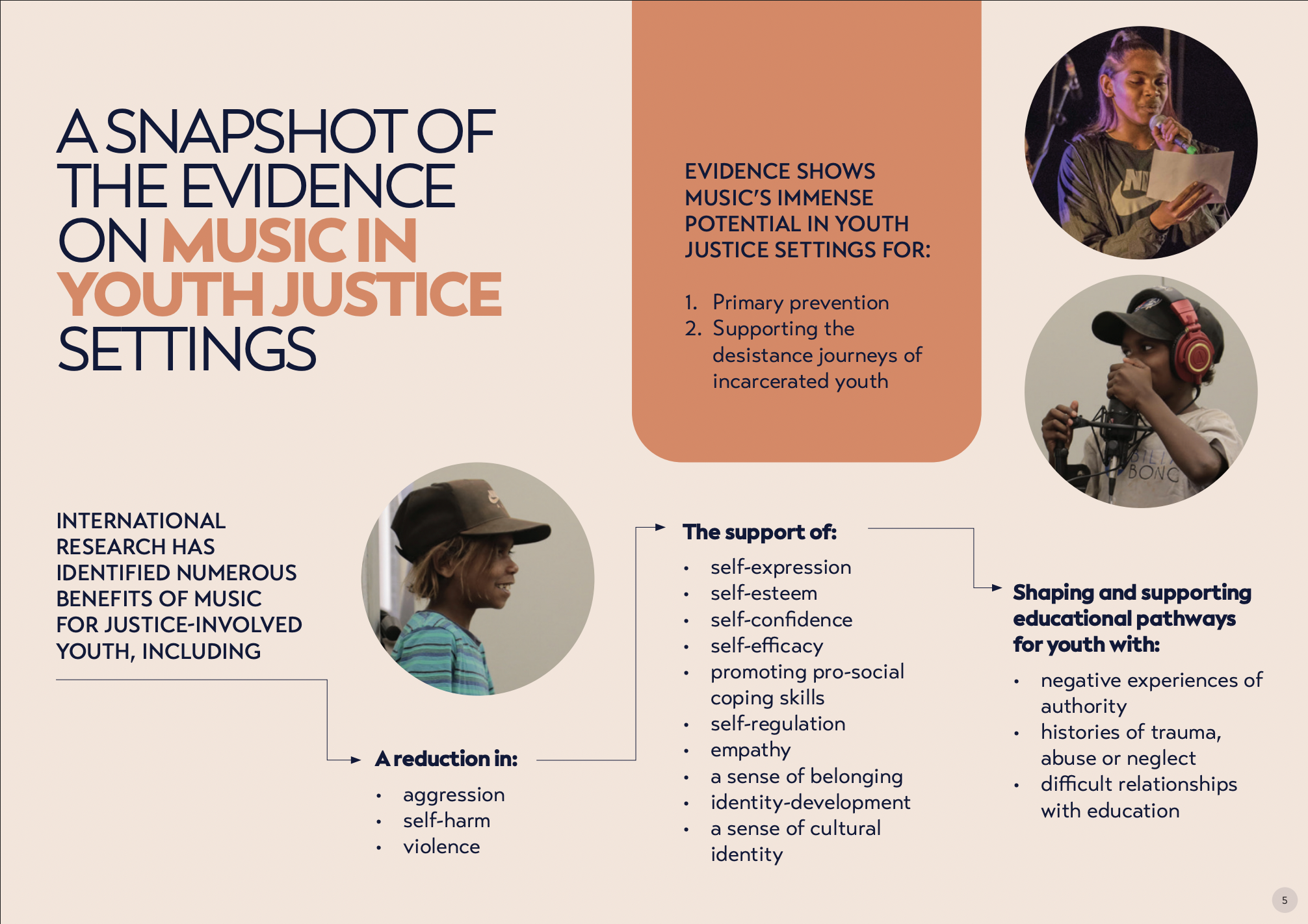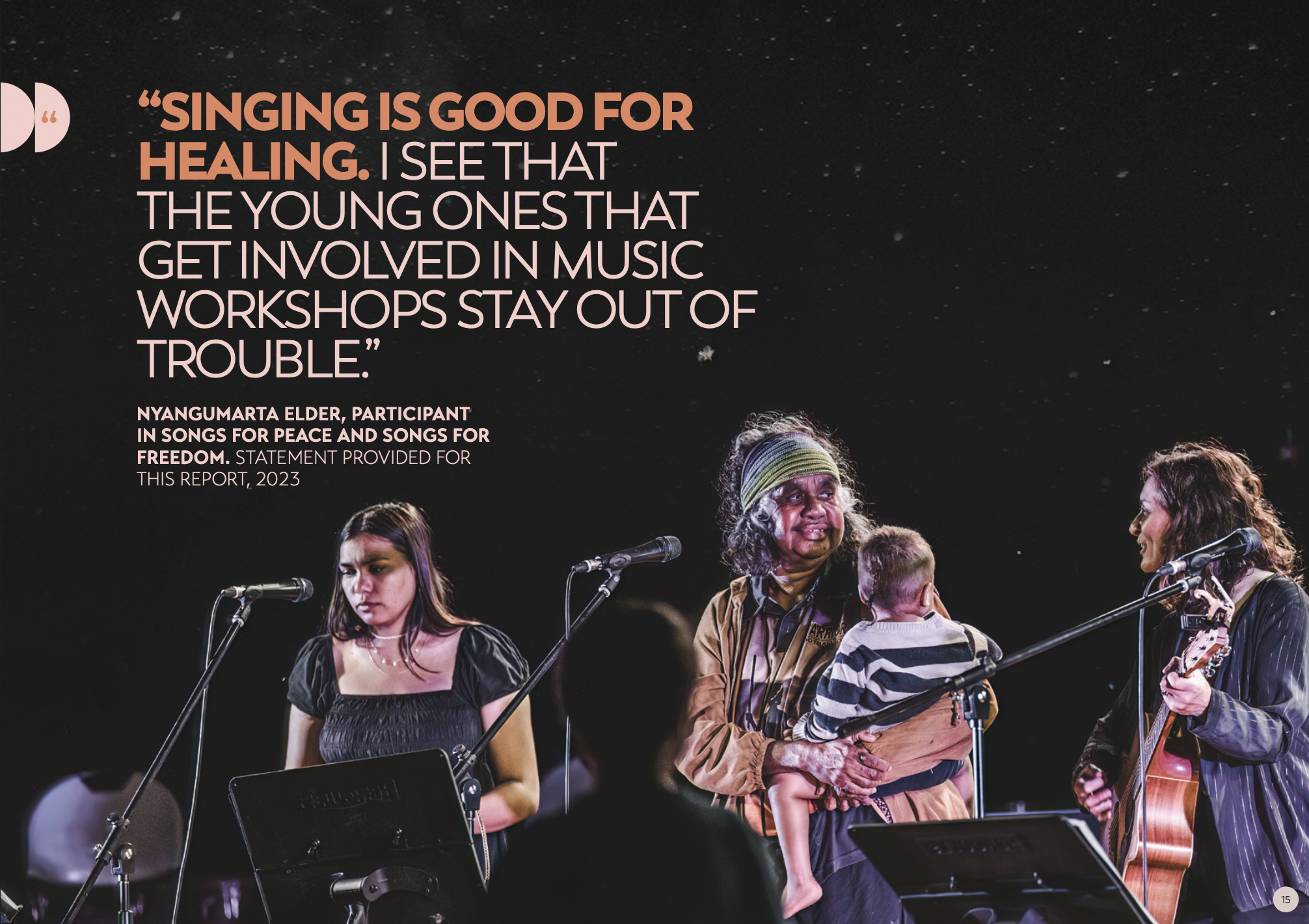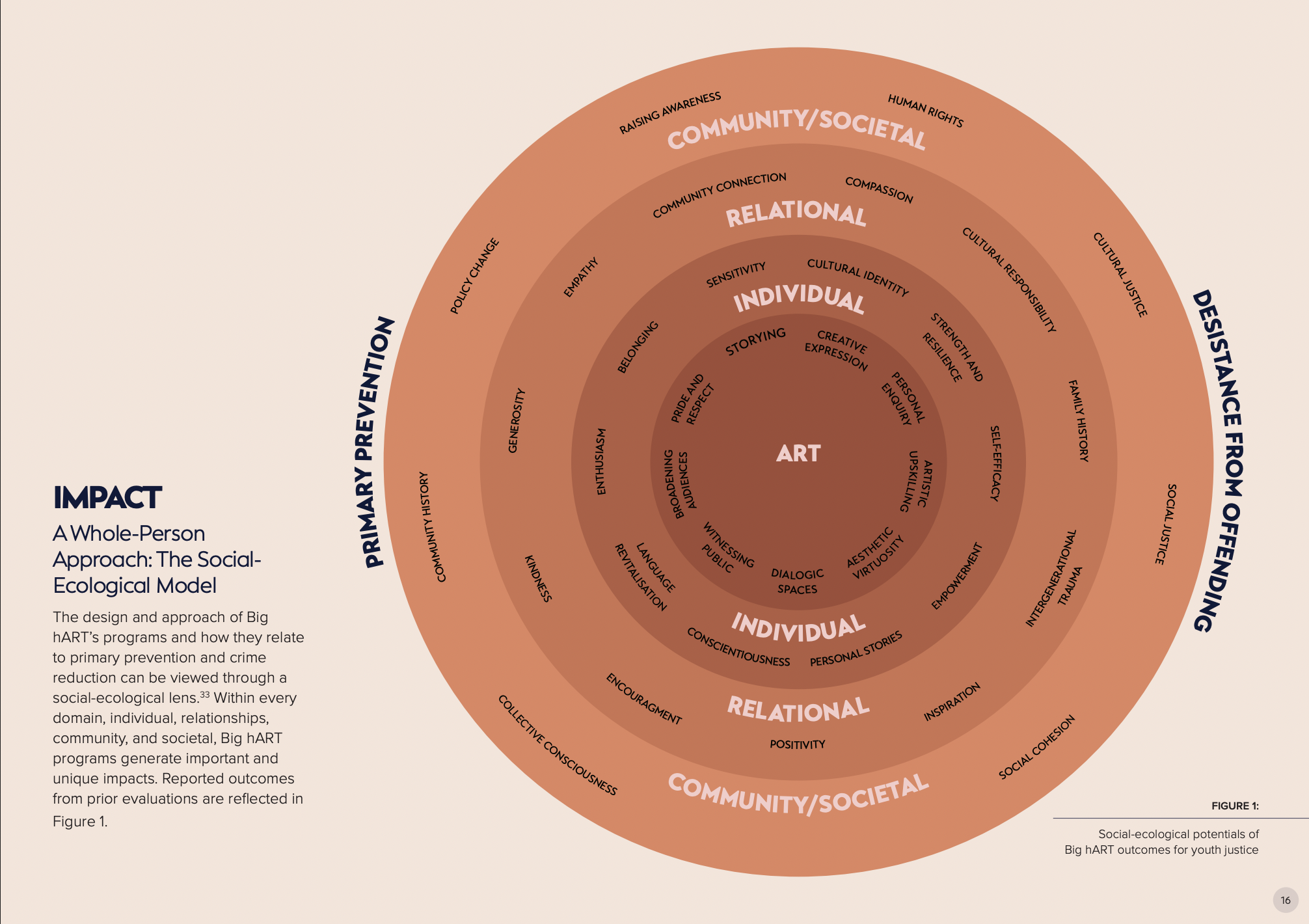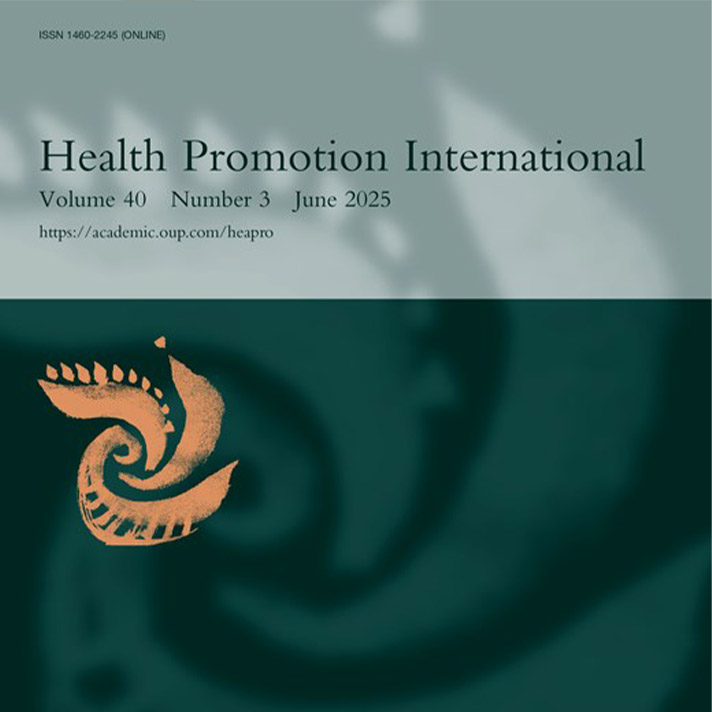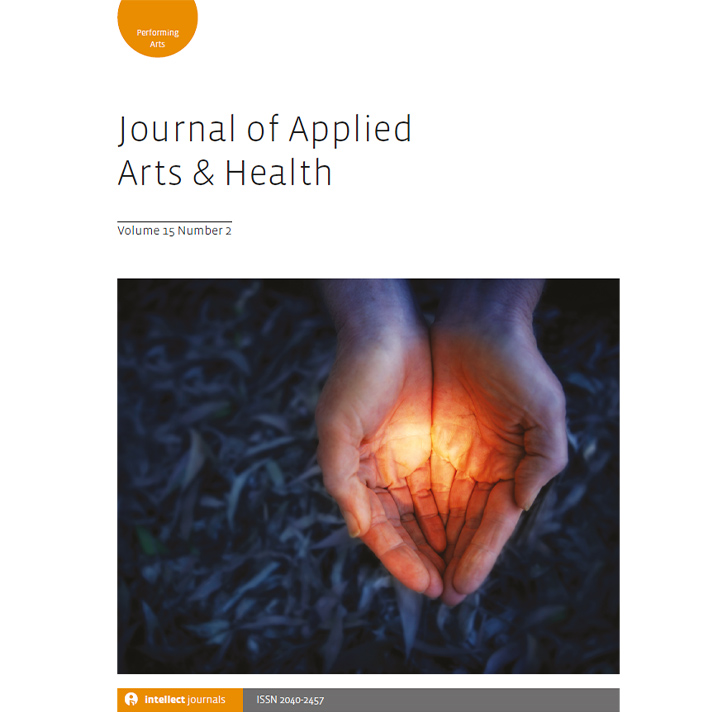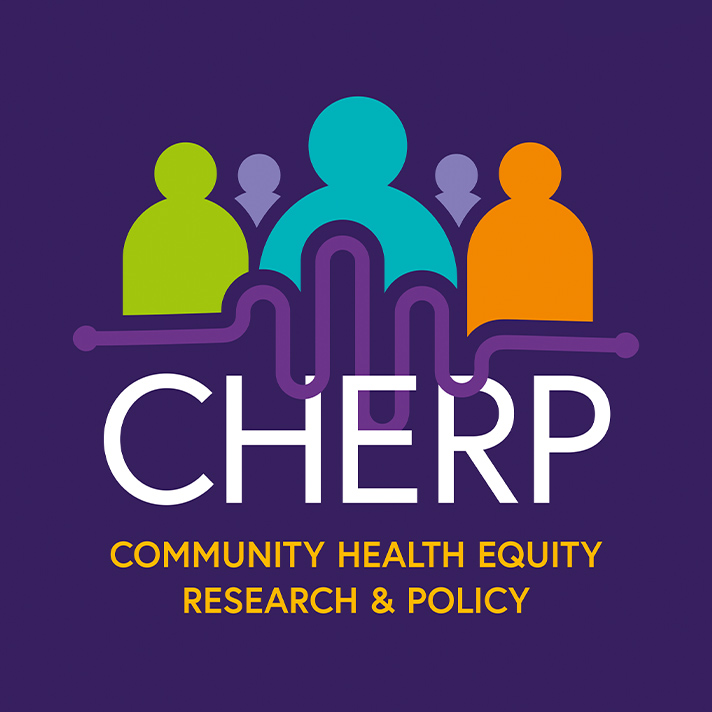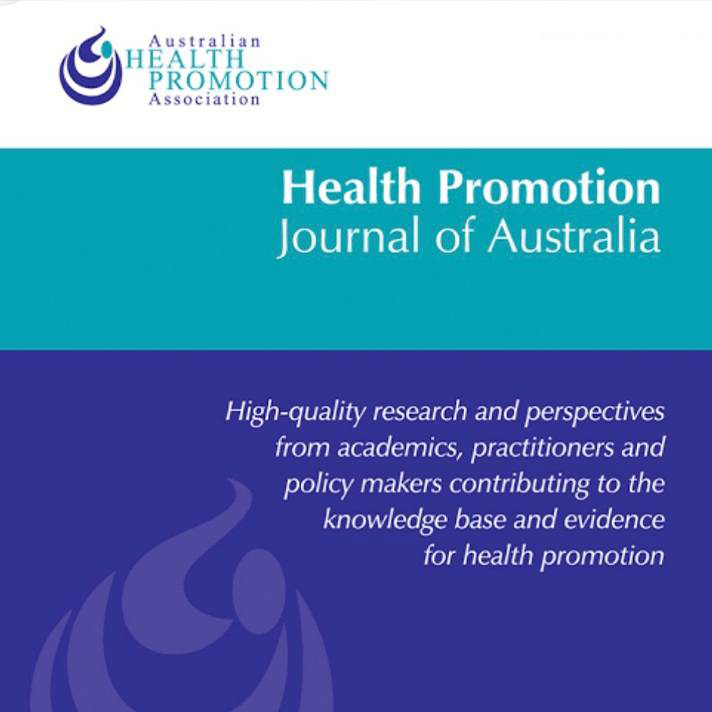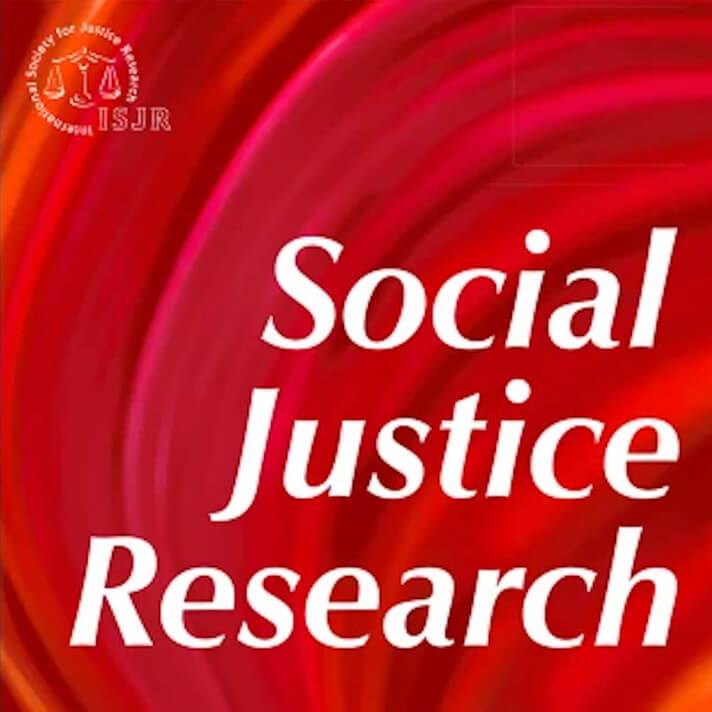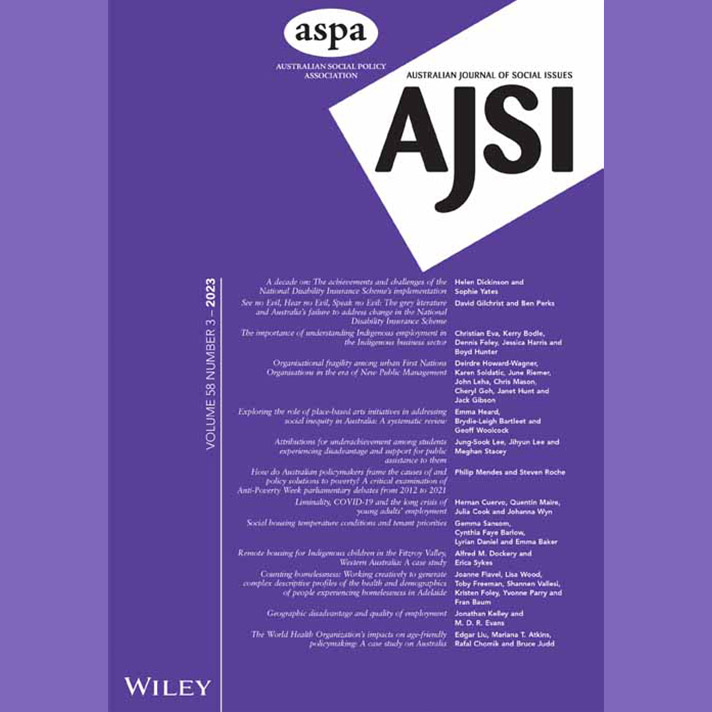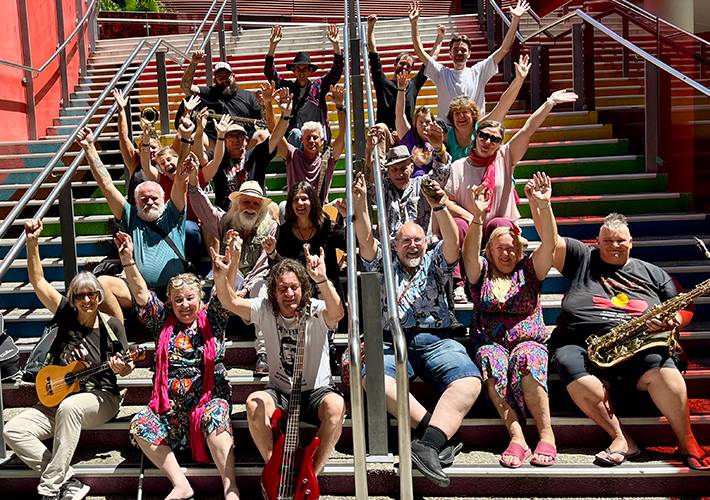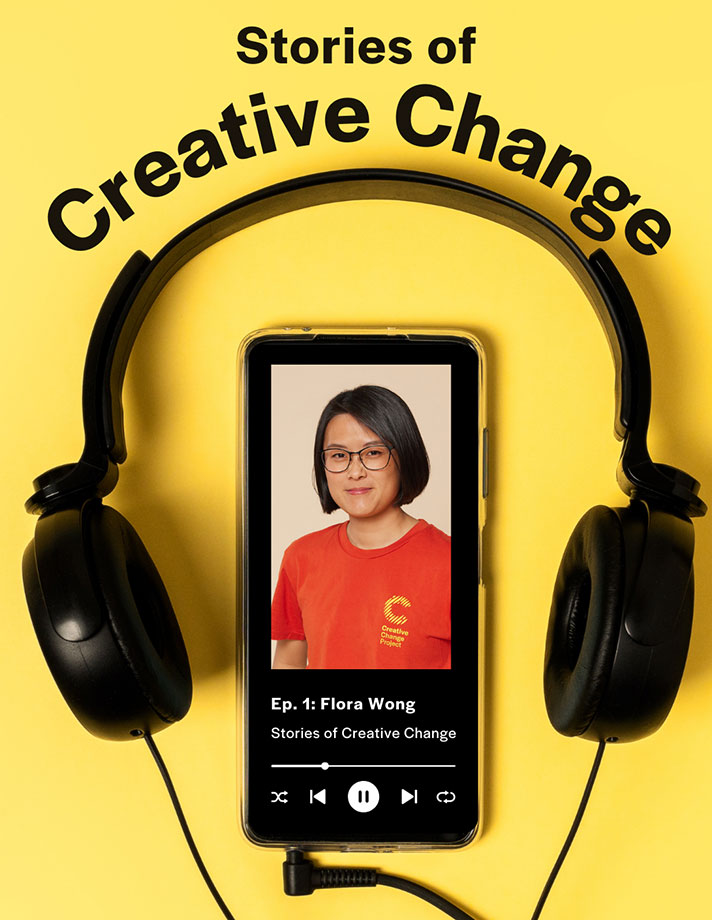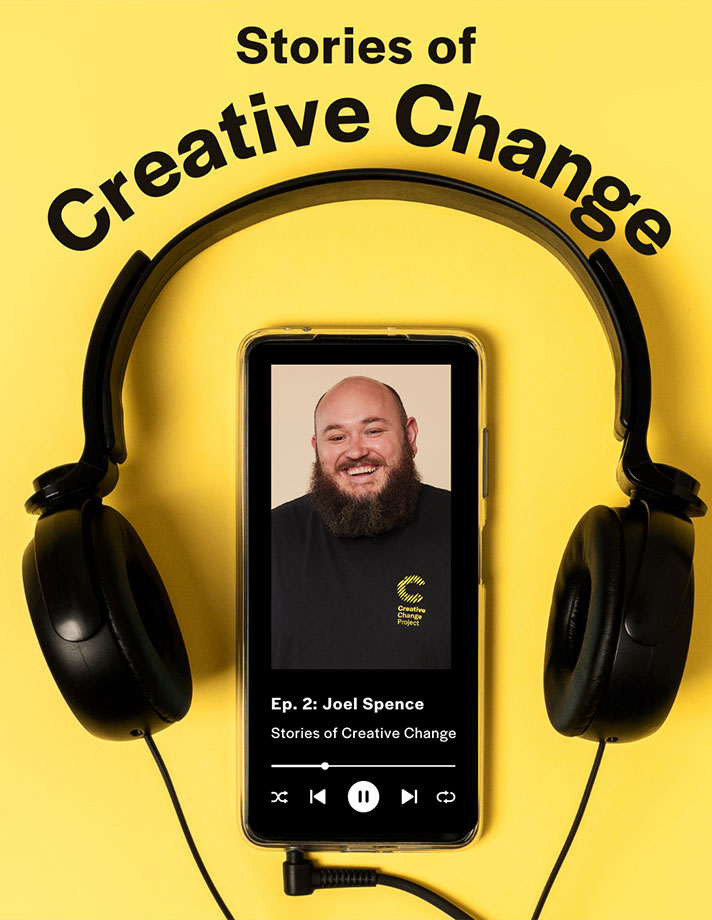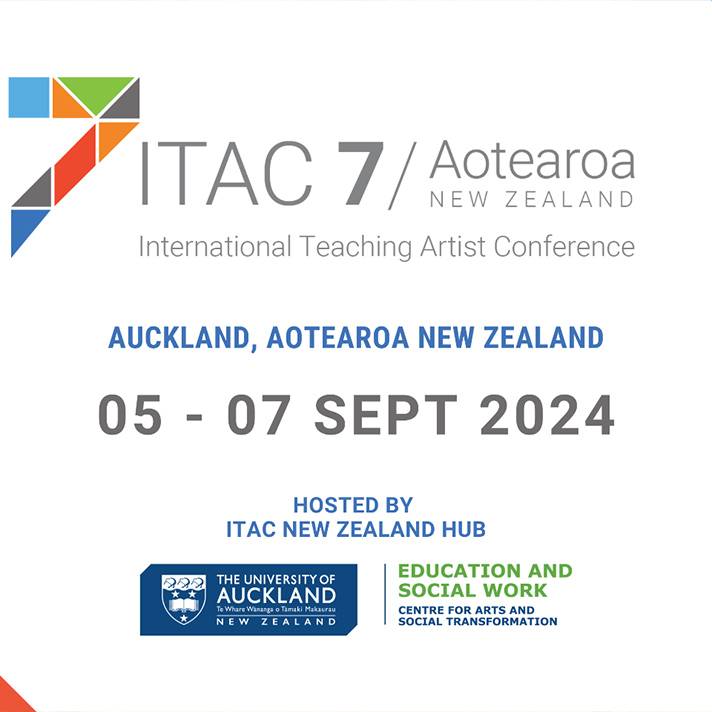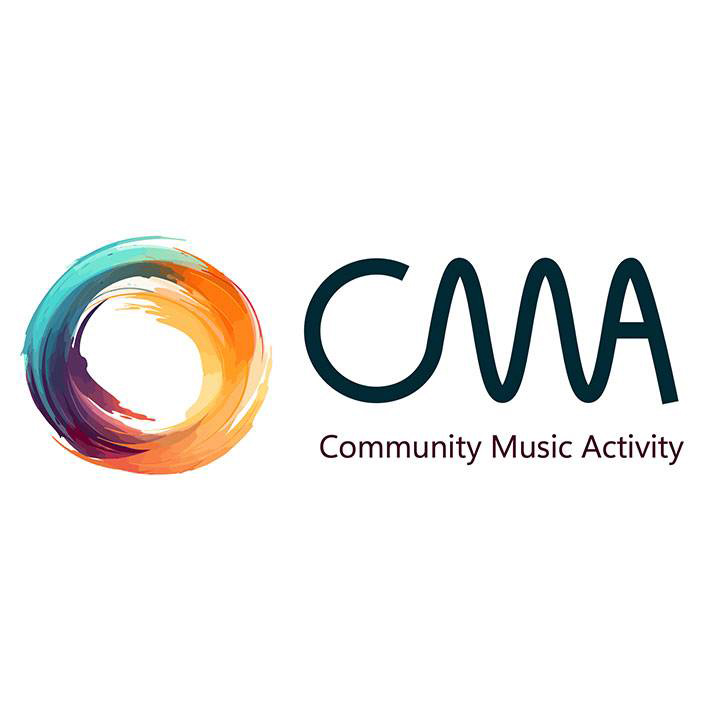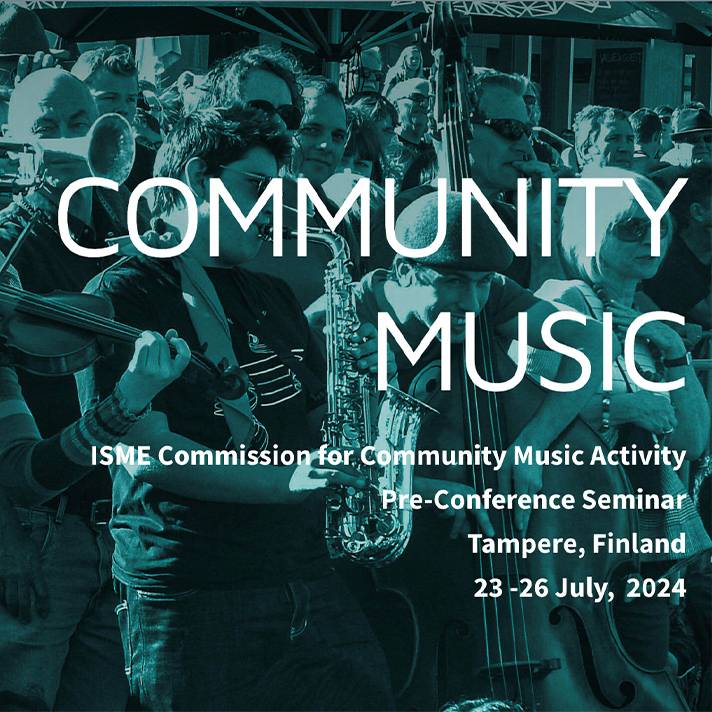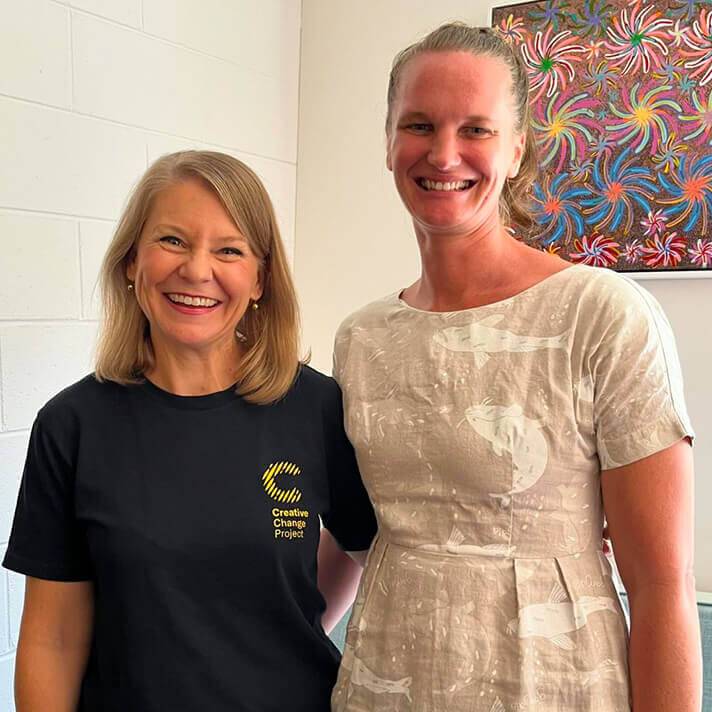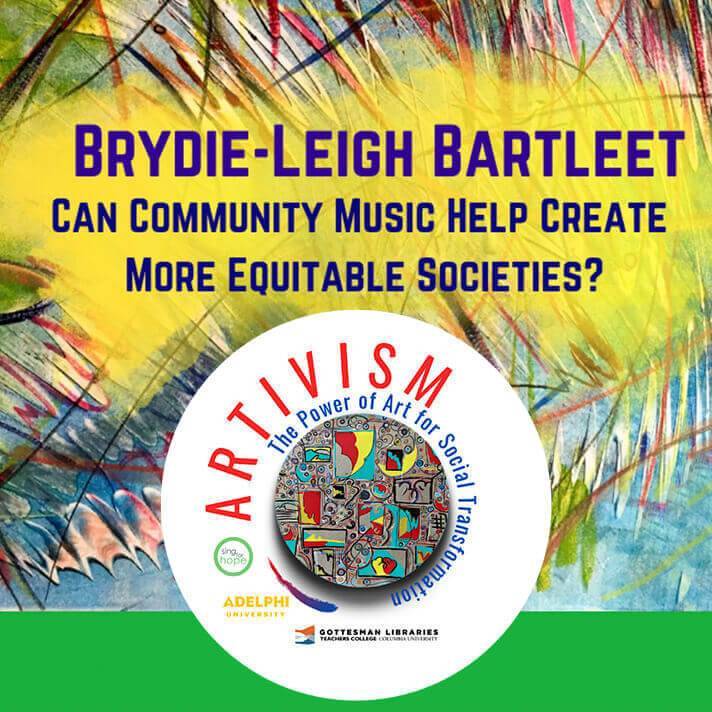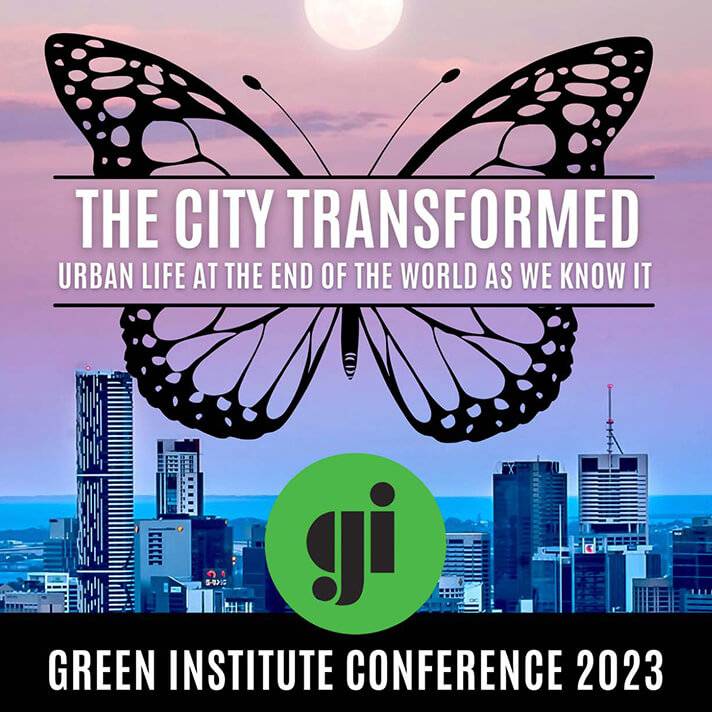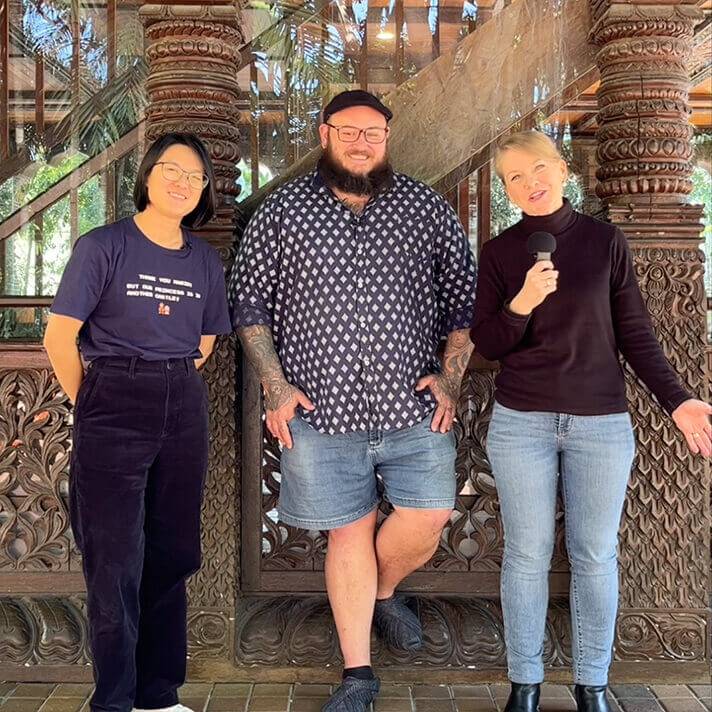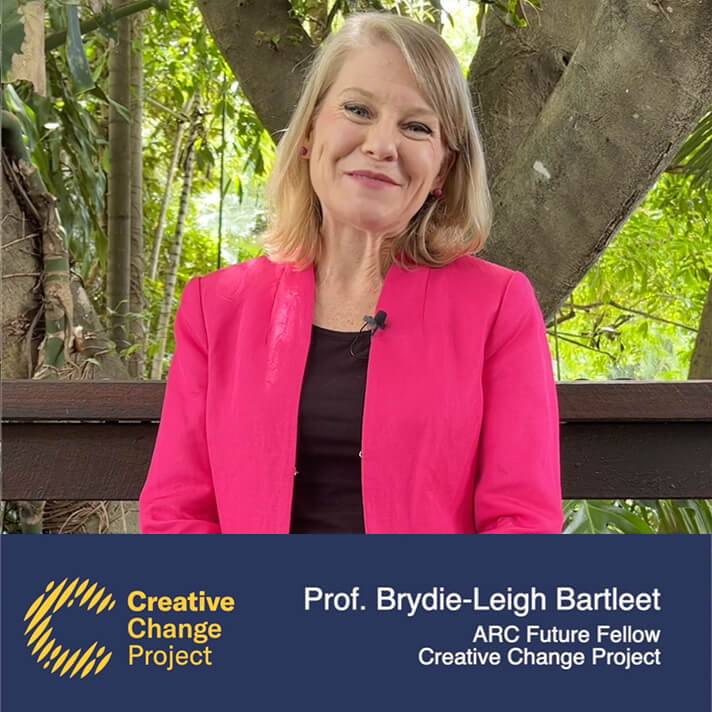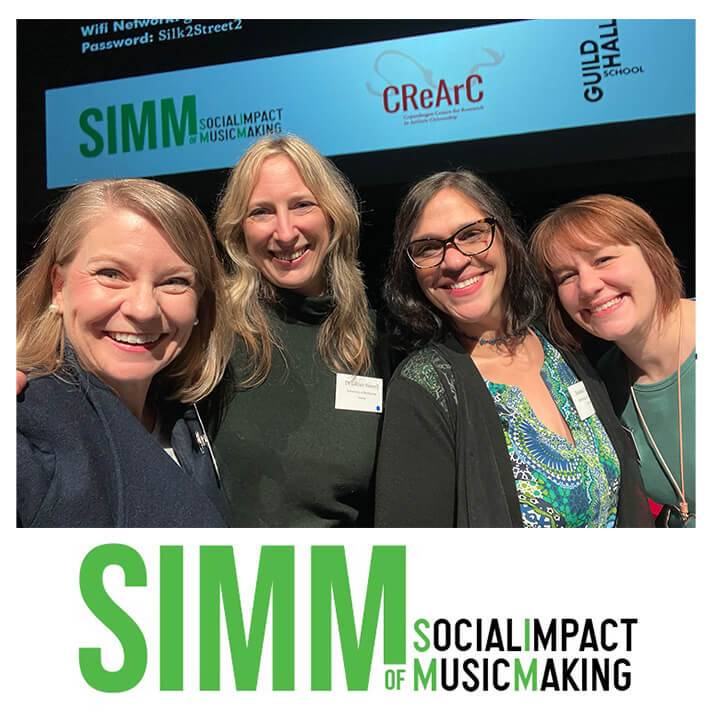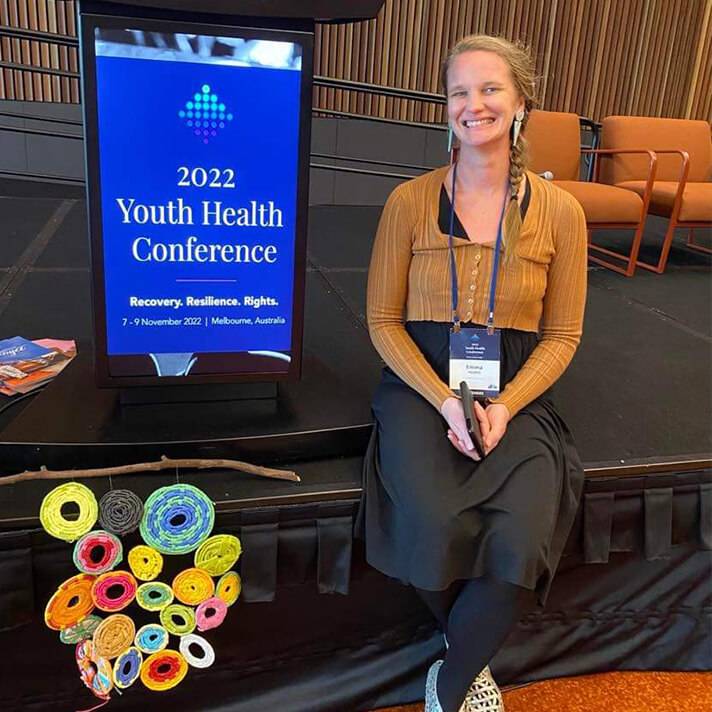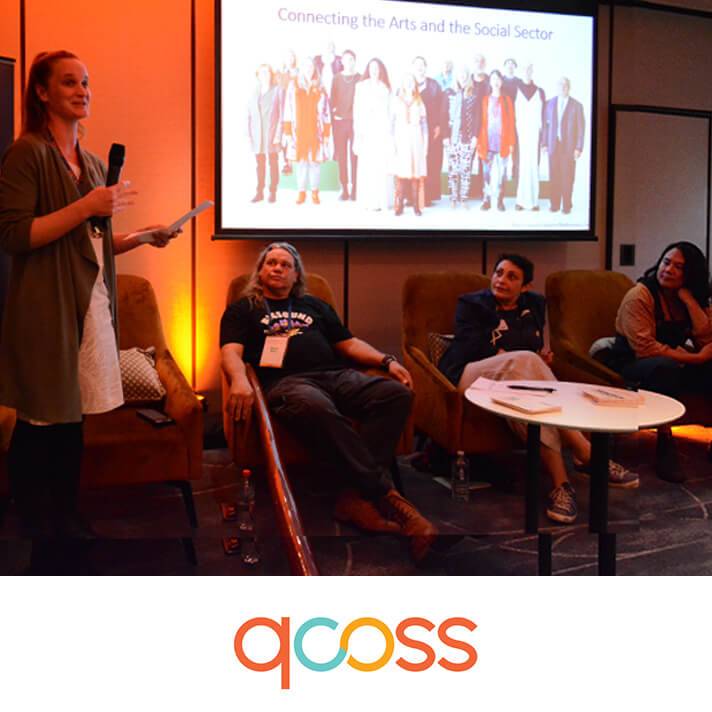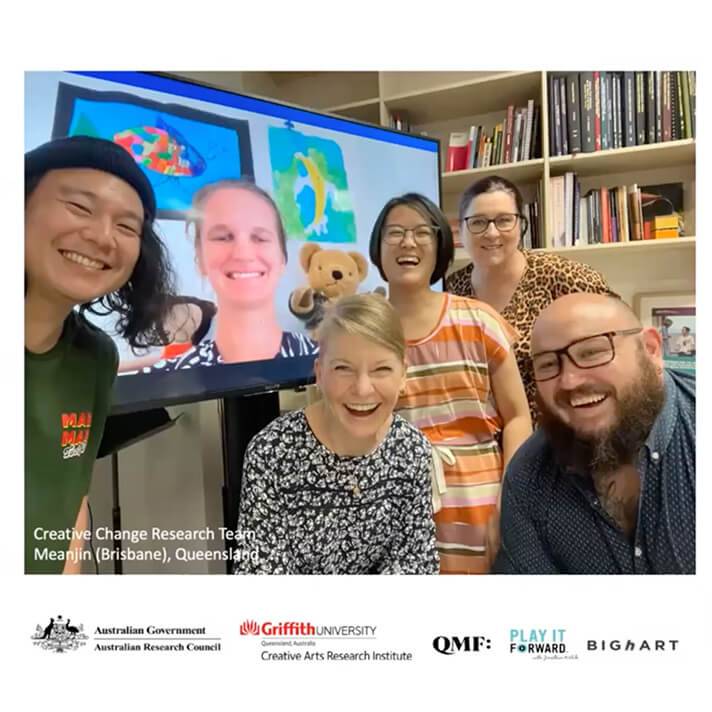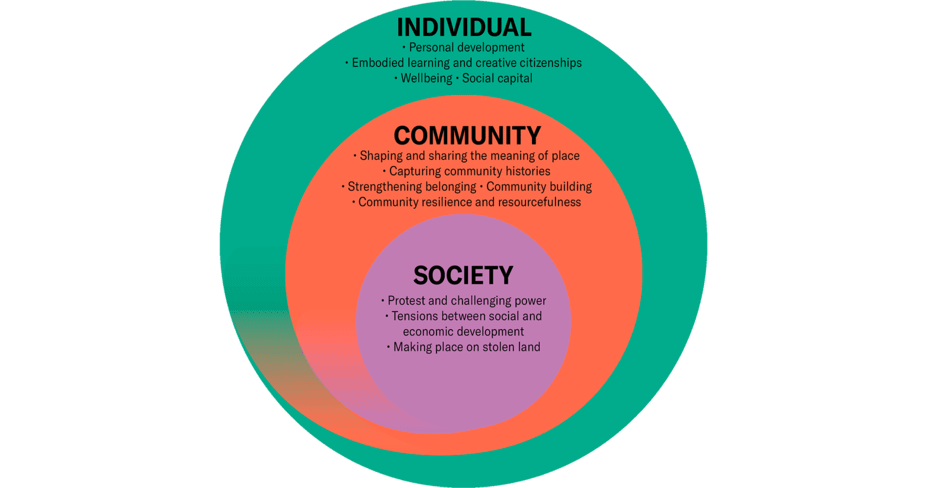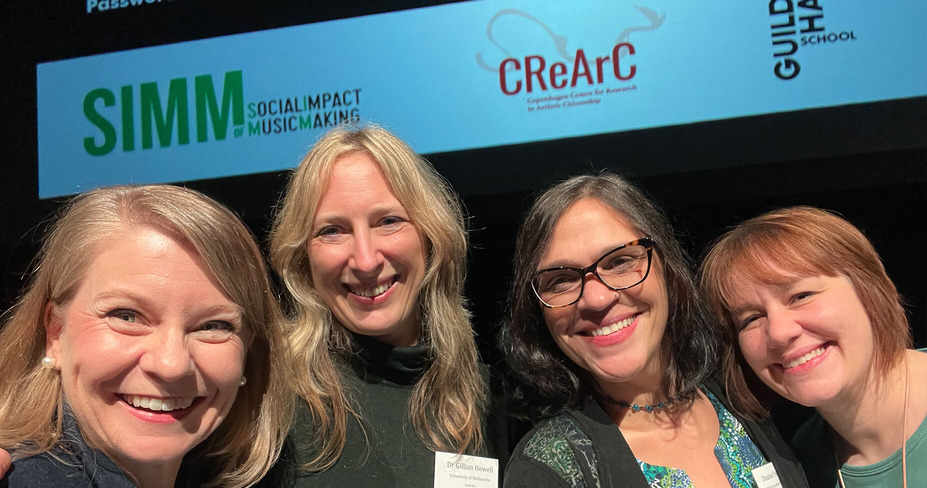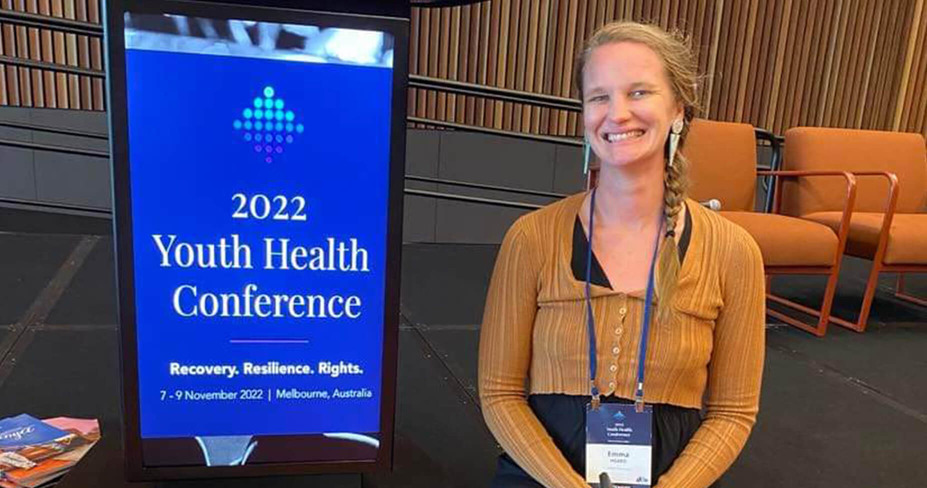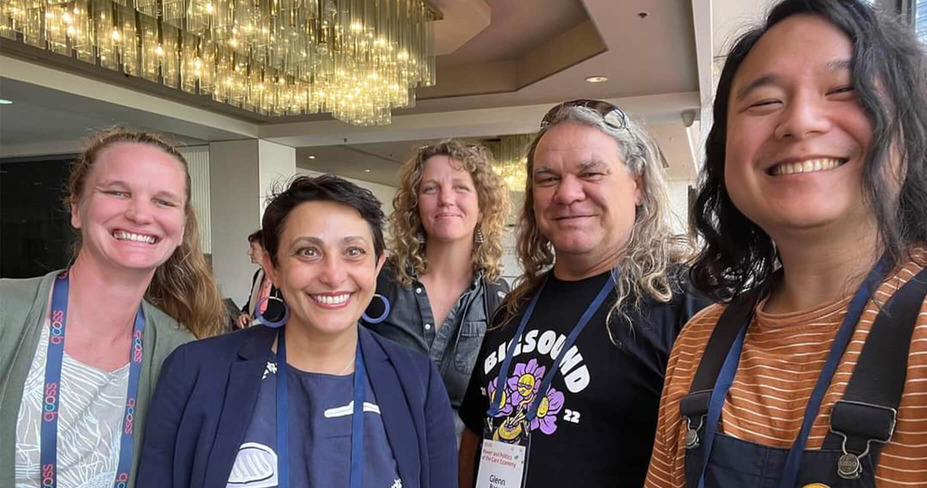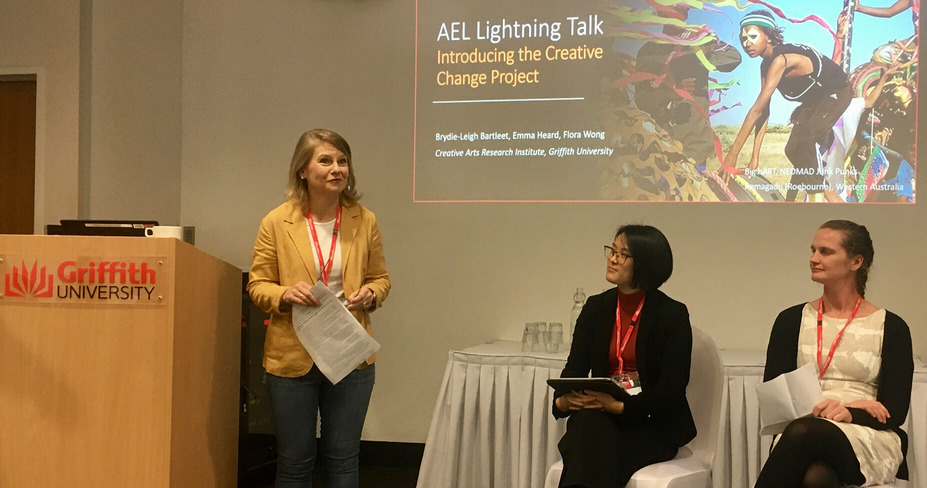Whoopee-Do Crew & Friends
Big Lovin' Heart
Music, community and heart—musicians from our social connection project in Kurilpa/West End came to record their co-written song, Big Lovin' Heart at Queensland Conservatorium studios.
Big Lovin' Heart is a collaboratively written song created by local musicians through a community music and social connection initiative in Kurilpa (West End). Produced by the Creative Change Project at Griffith University, in partnership with Community Plus+ West End Community House and Micah Projects, the project is grounded in a story shared by Sister Mary and Sister Anastasia, Alma nuns from Timor Leste.
Recorded at Queensland Conservatorium, the session brought together emerging and experienced musicians—some in a studio for the first time—in a spirit of creativity, care, and collaboration. We thank facilitators Jenny “Pineapple” Martinelli, Joel Spence, producer Sam Vallen, student engineer Eli Badger, and all musicians, carers, support workers, and Emma Heard, whose foundational work shaped the initiative.
Credits and thanks
Whoopee-Do Crew & Friends songwriters and performers (alphabetically):
Sister Anastasia, Brydie, Claudia, Damien, Duane, Emma, Fran, Greta, Jeffery, Jenny, Joel, John, Judy, Justine, Kath, Katie, Kevin, Kylie, Laurie, Lucy, Sister Mary, Nick, Paul, Randall, Rocky, Sasha, Sue, Taylor, Trevor, Uncle, Wayne.
Lead musician / facilitators: Jenny Pineapple Martinelli and Joel Spence
Community producers: Emma Heard, Katie McGuire, Kylie Dean
Creative producer: Brydie-Leigh Bartleet
Recording producer: Sam Vallen
Recording engineer: Eli Badger
Recording mastering: Paul Blakey
Video editing: Matt Hsu
